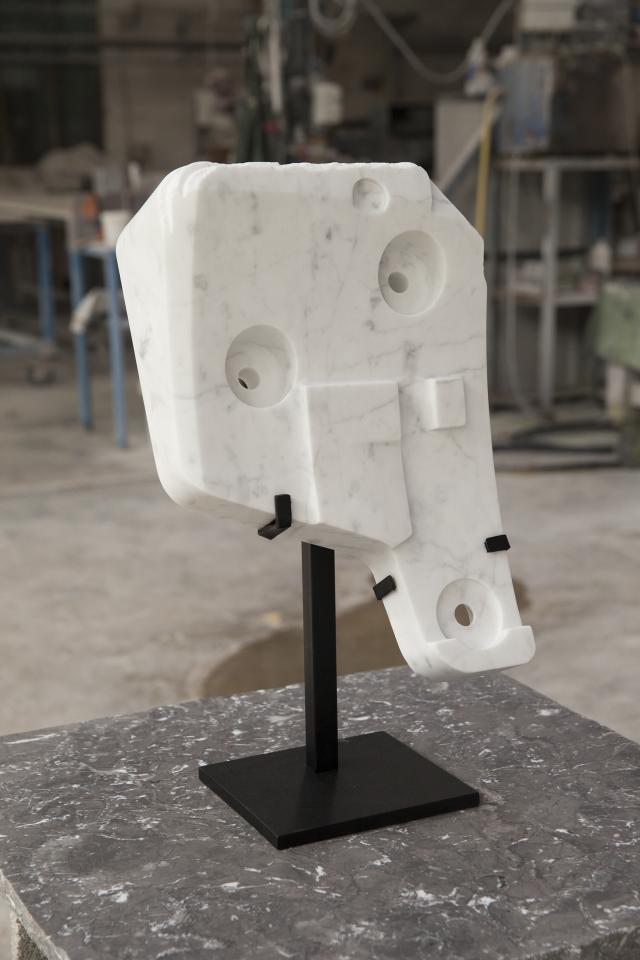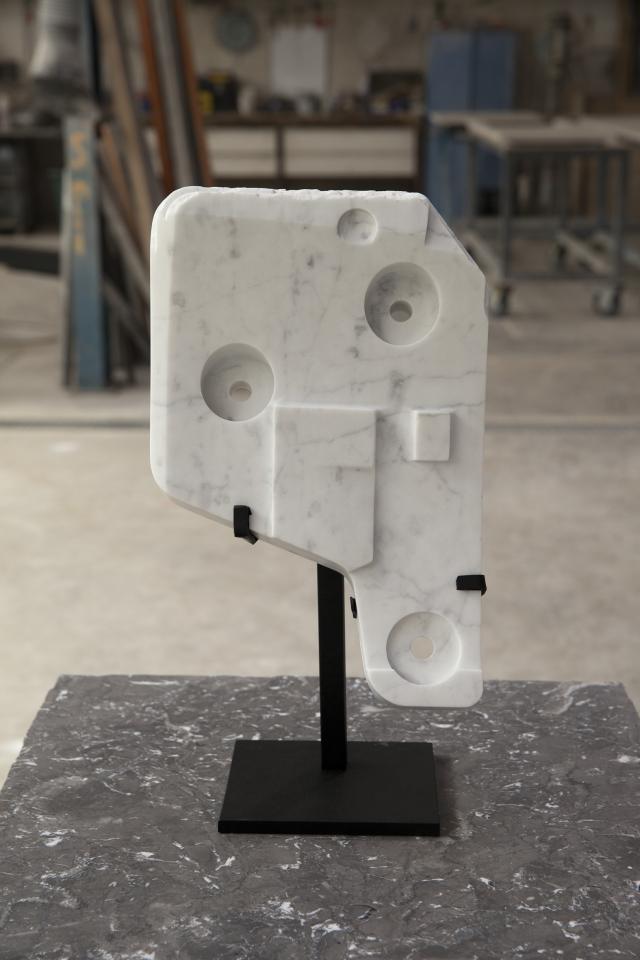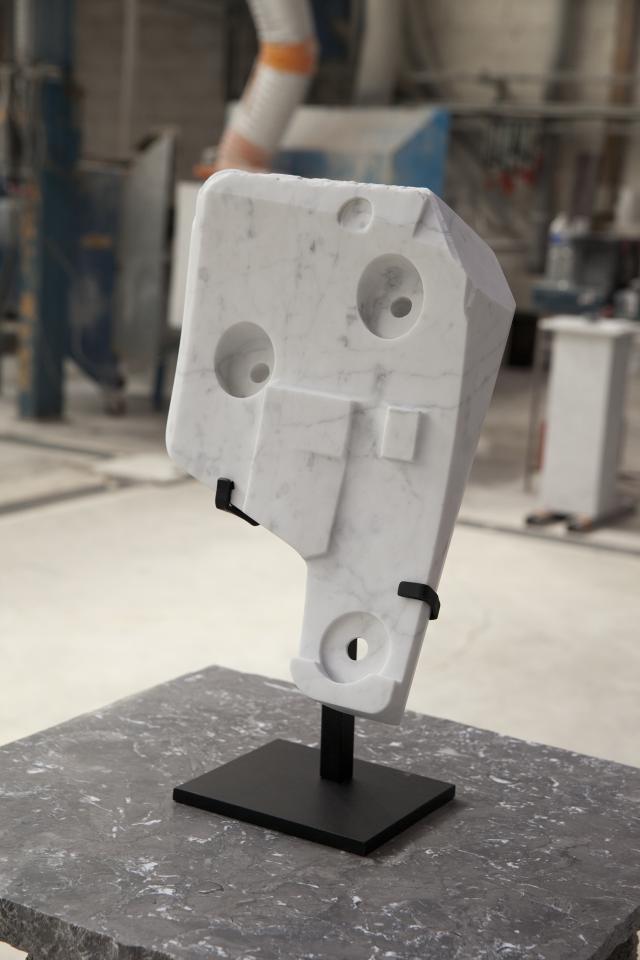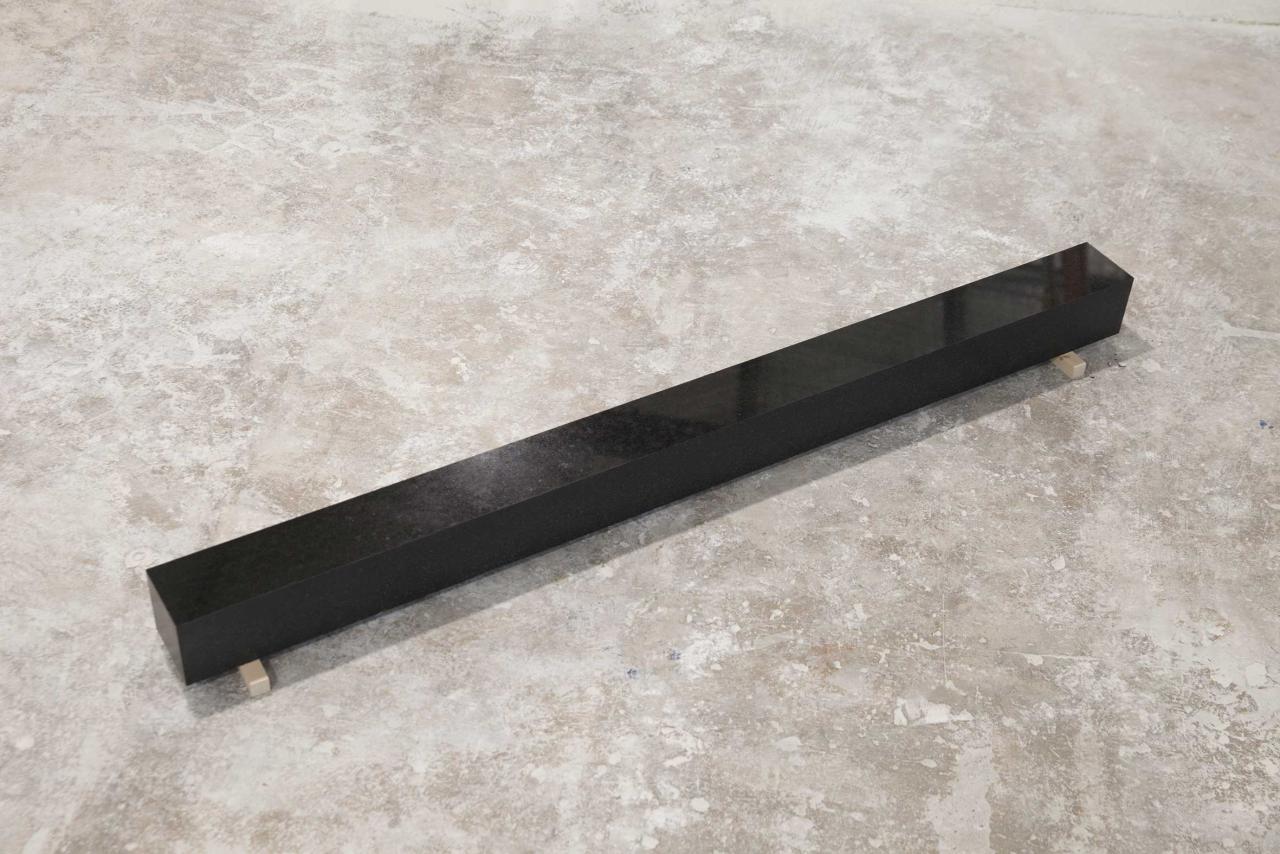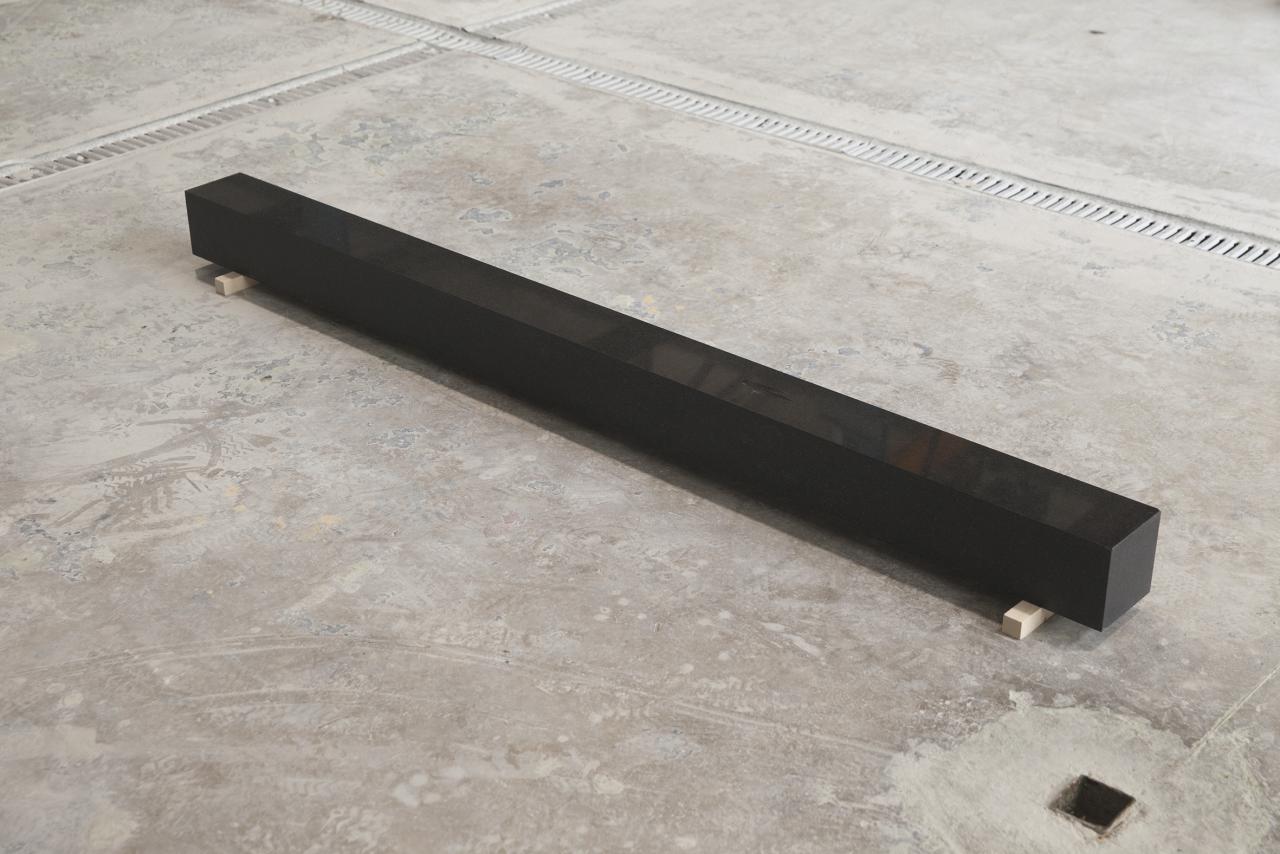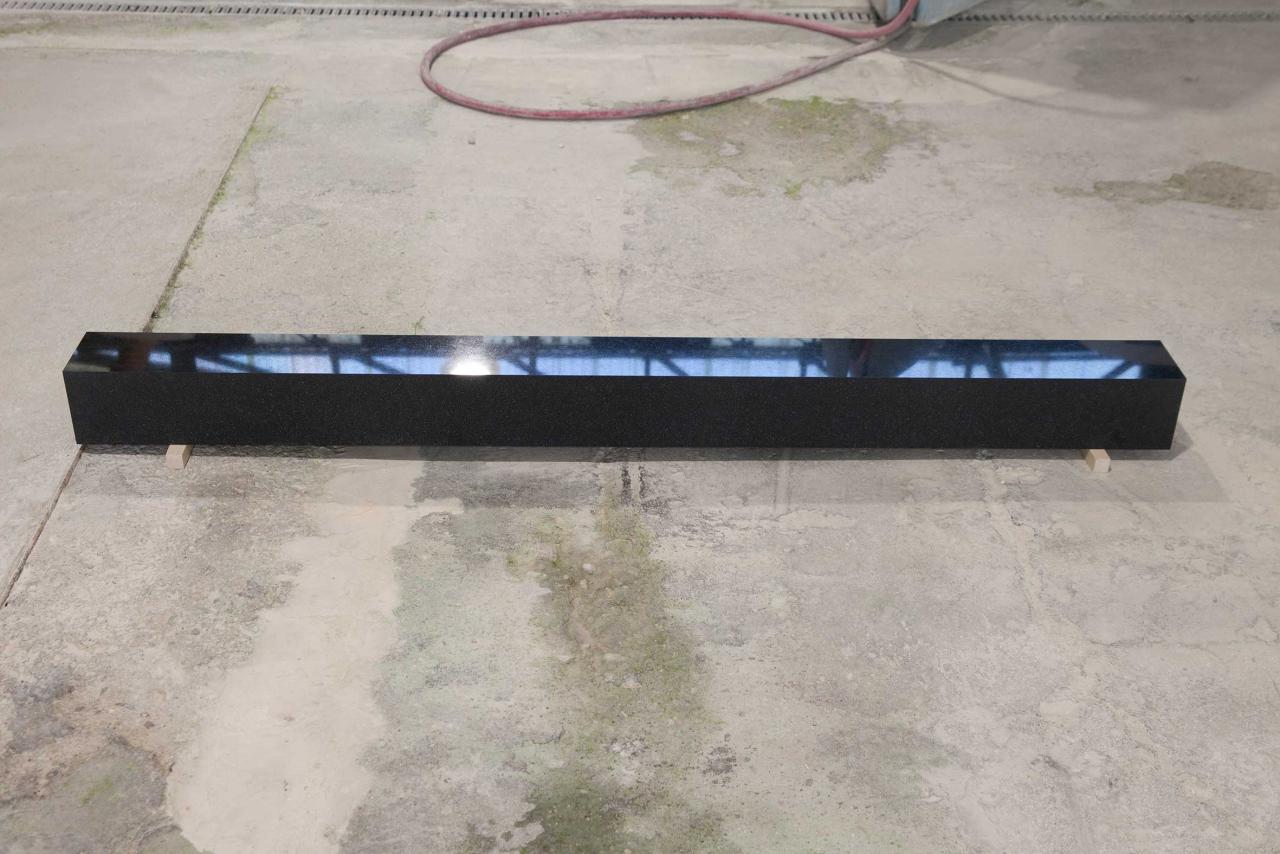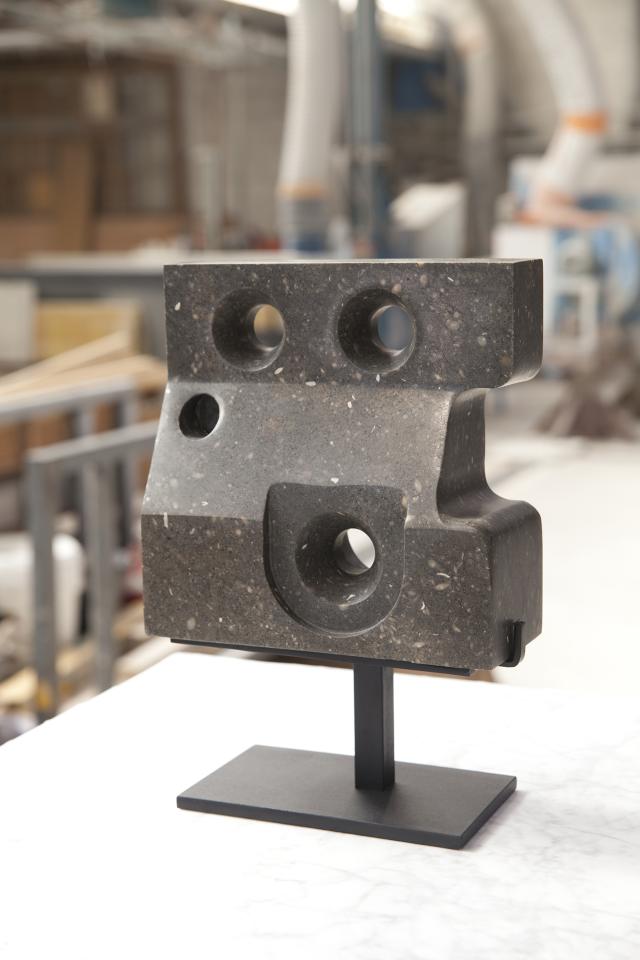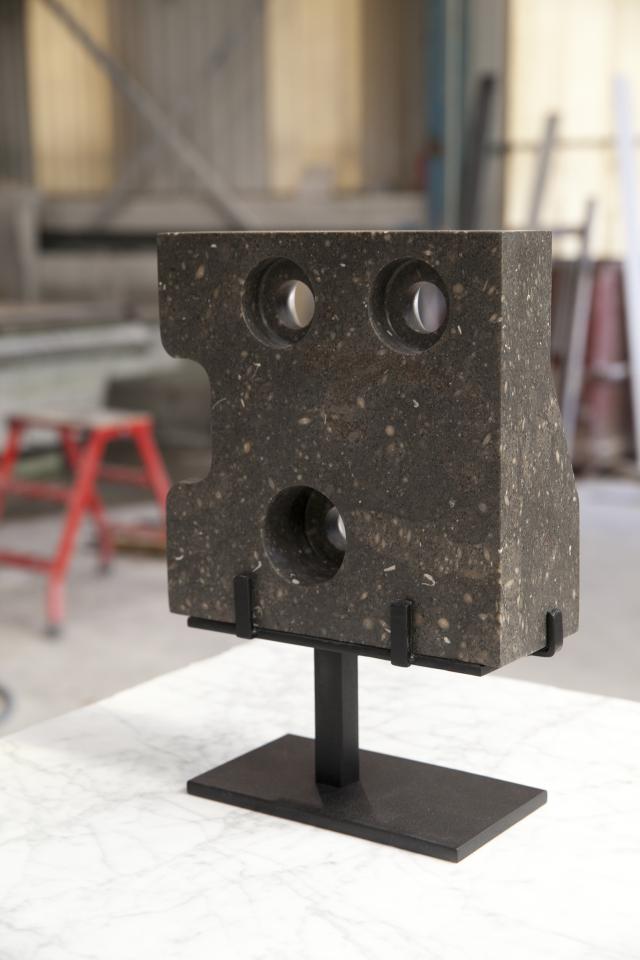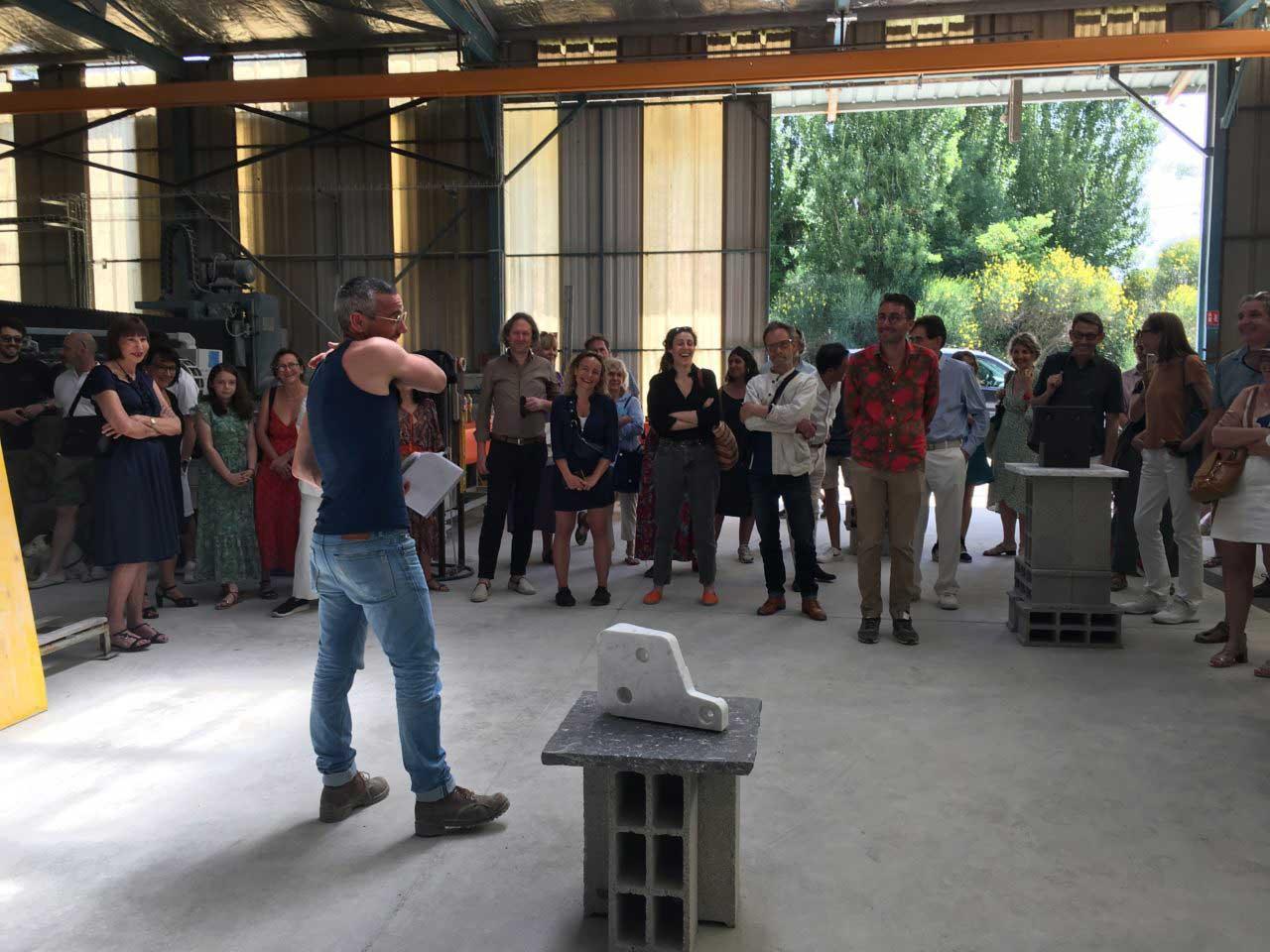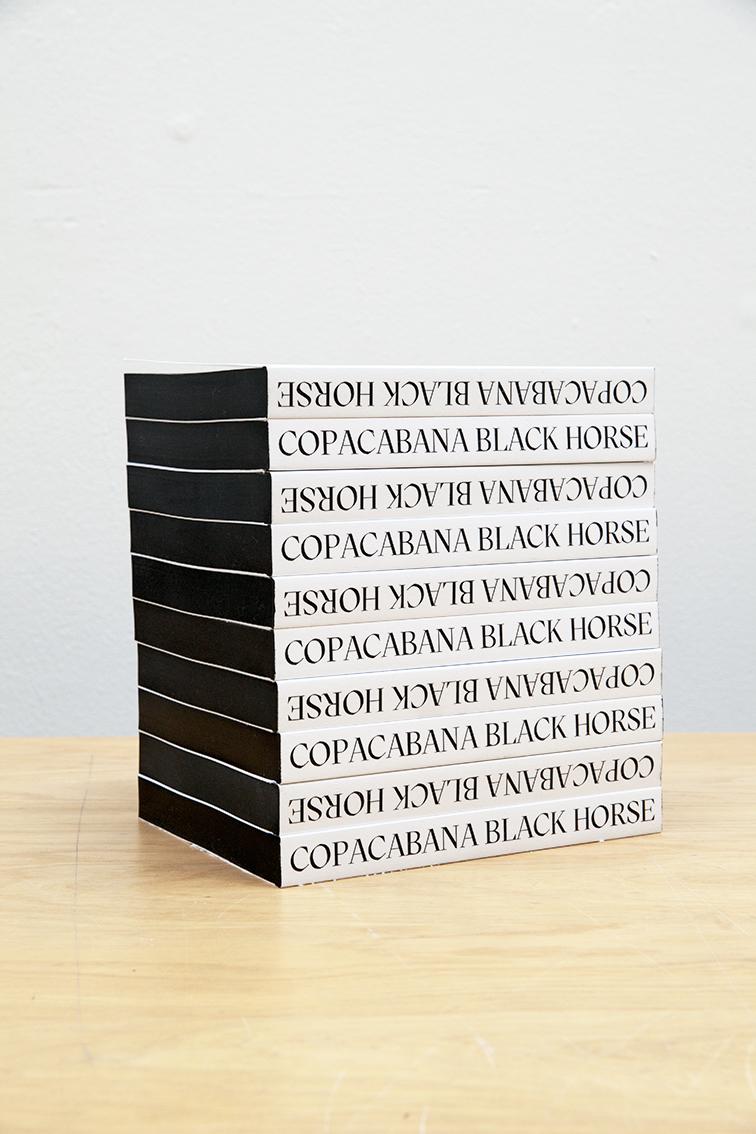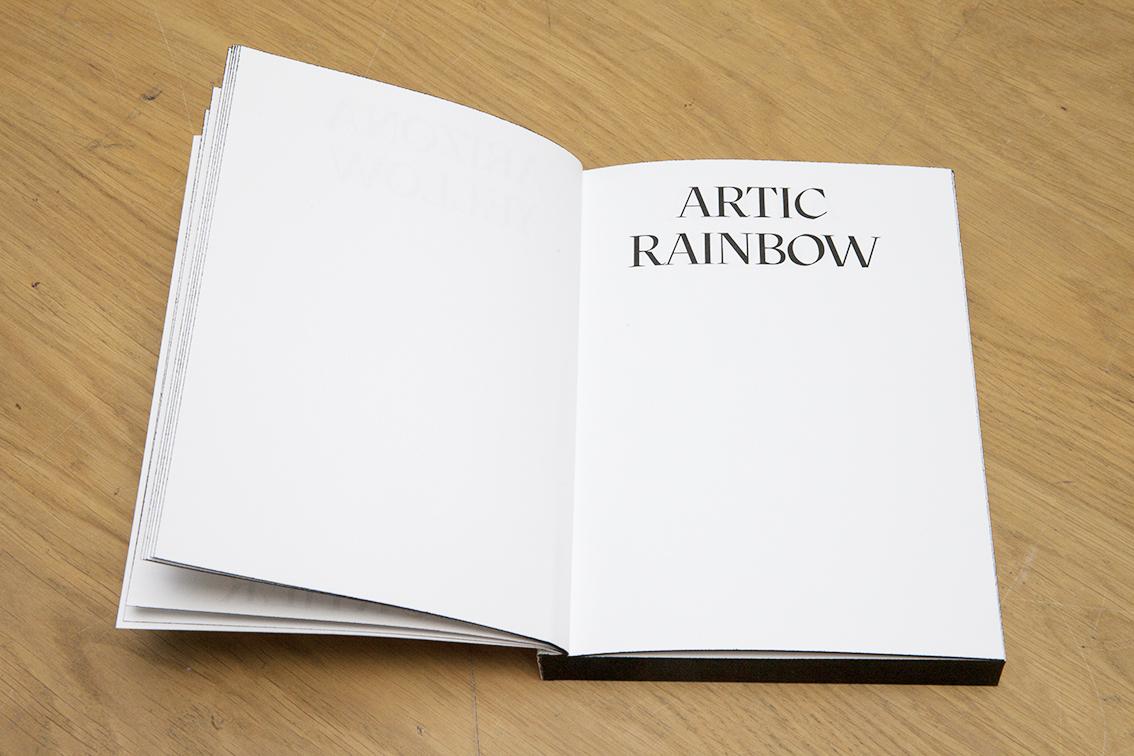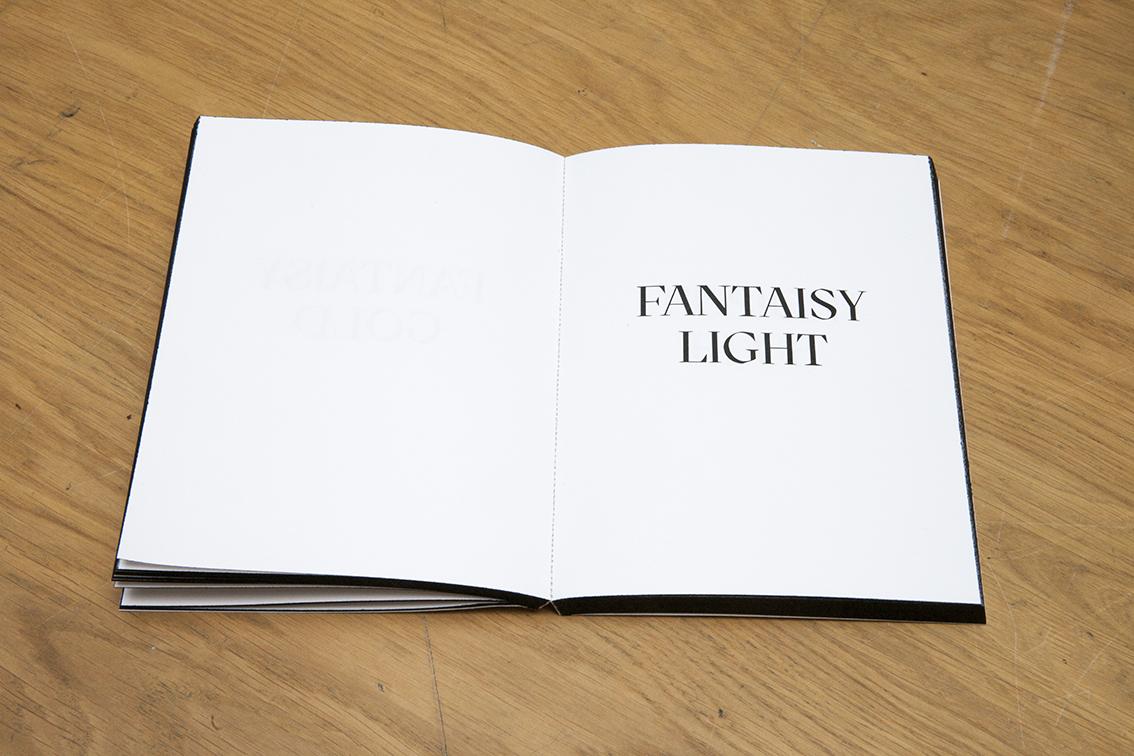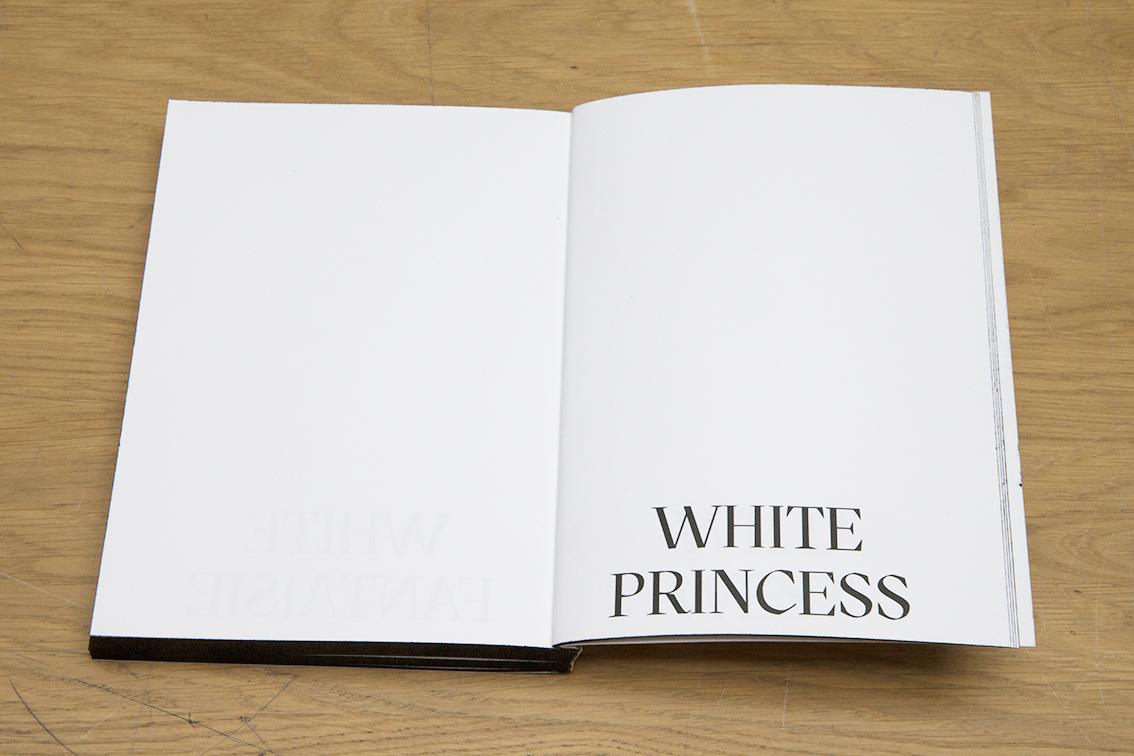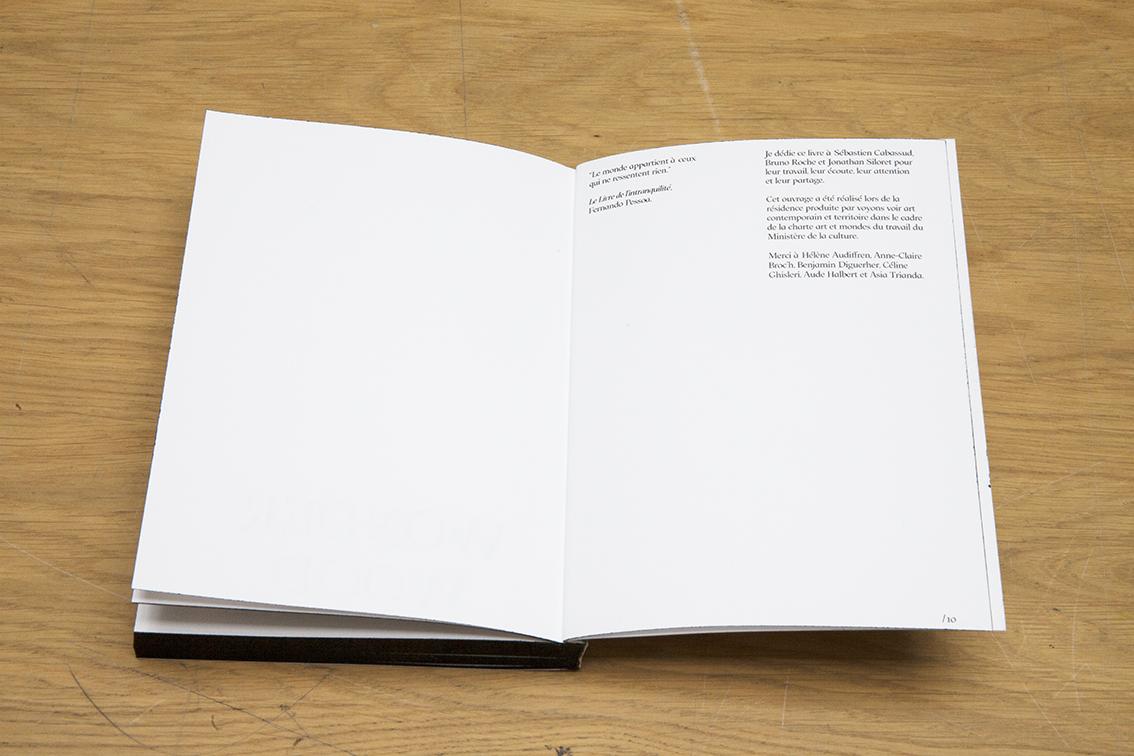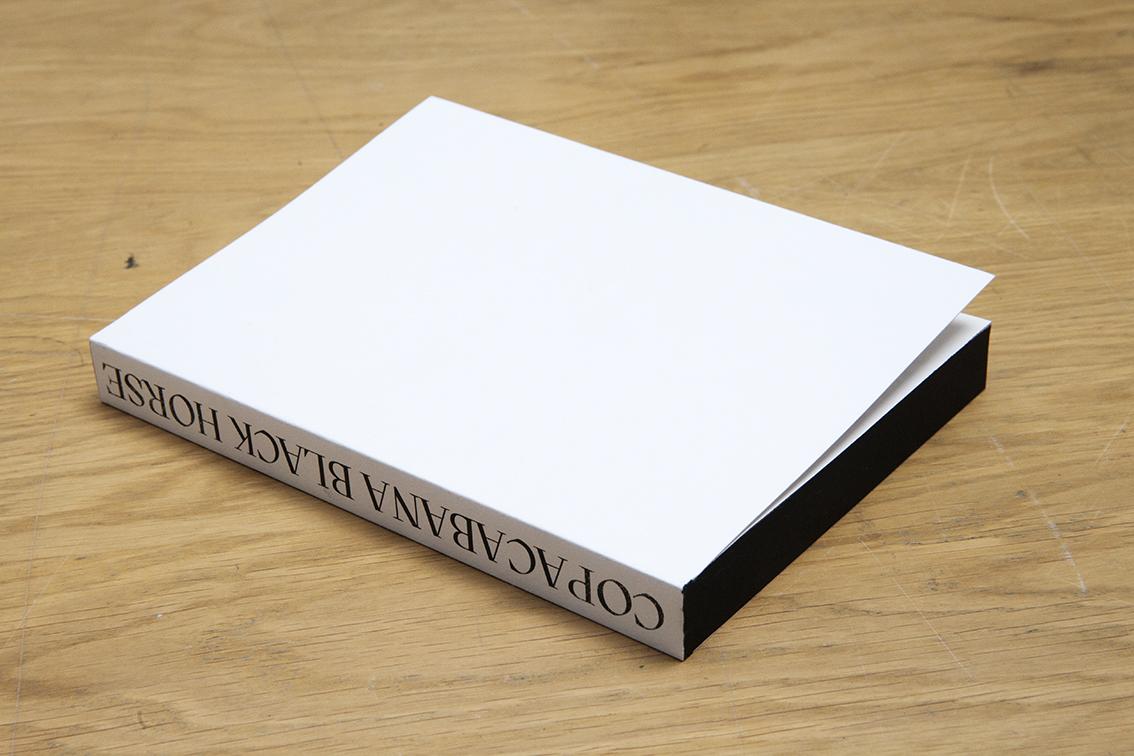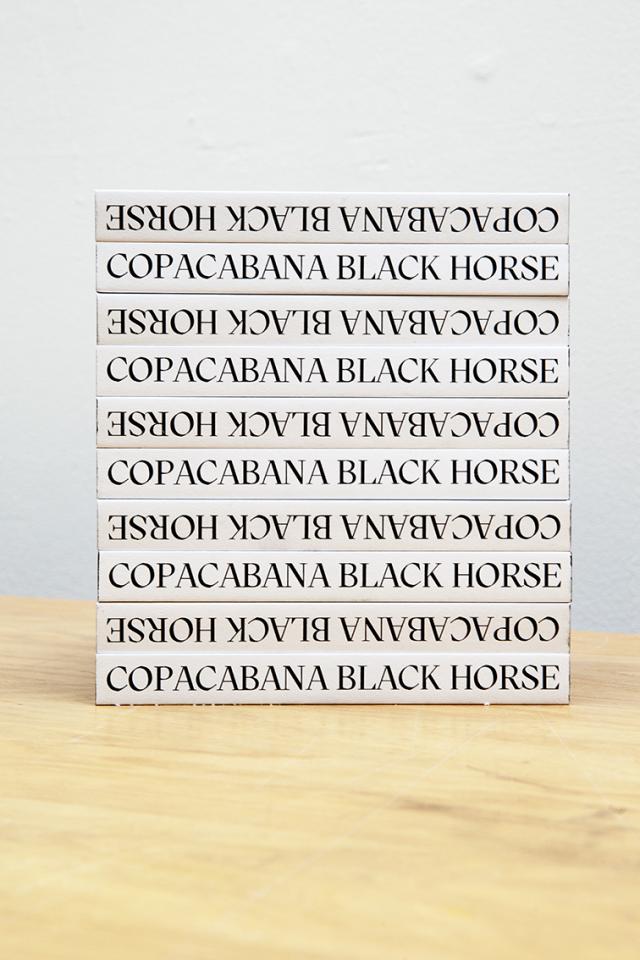Gilles Pourtier
TWO WEIGHTS,
TWO MEASURES
MARBRERIE ANASTAY
Starting in 2016, Voyons voir Art Contemporain et Territoire has been inviting artists to participate in a several-week residency within a company. It provides the occasion for artists to bring a contemporary viewpoint to these work sites, discover techniques and materials and collaborate with employees. Gilles Pourtier participated in the program with a residency at Marbrerie Anastay, Saint-Rémy-de-Provence from November 2021 to May 2022, thanks to support from the Ministry of Culture and Art et Mondes du Travail.
Working within the company, the artist took interest in the gestures and language of the marble workers; the residency provided him with an opportunity to create new pieces studying the material and relating it to art history, especially the history of sculpture.
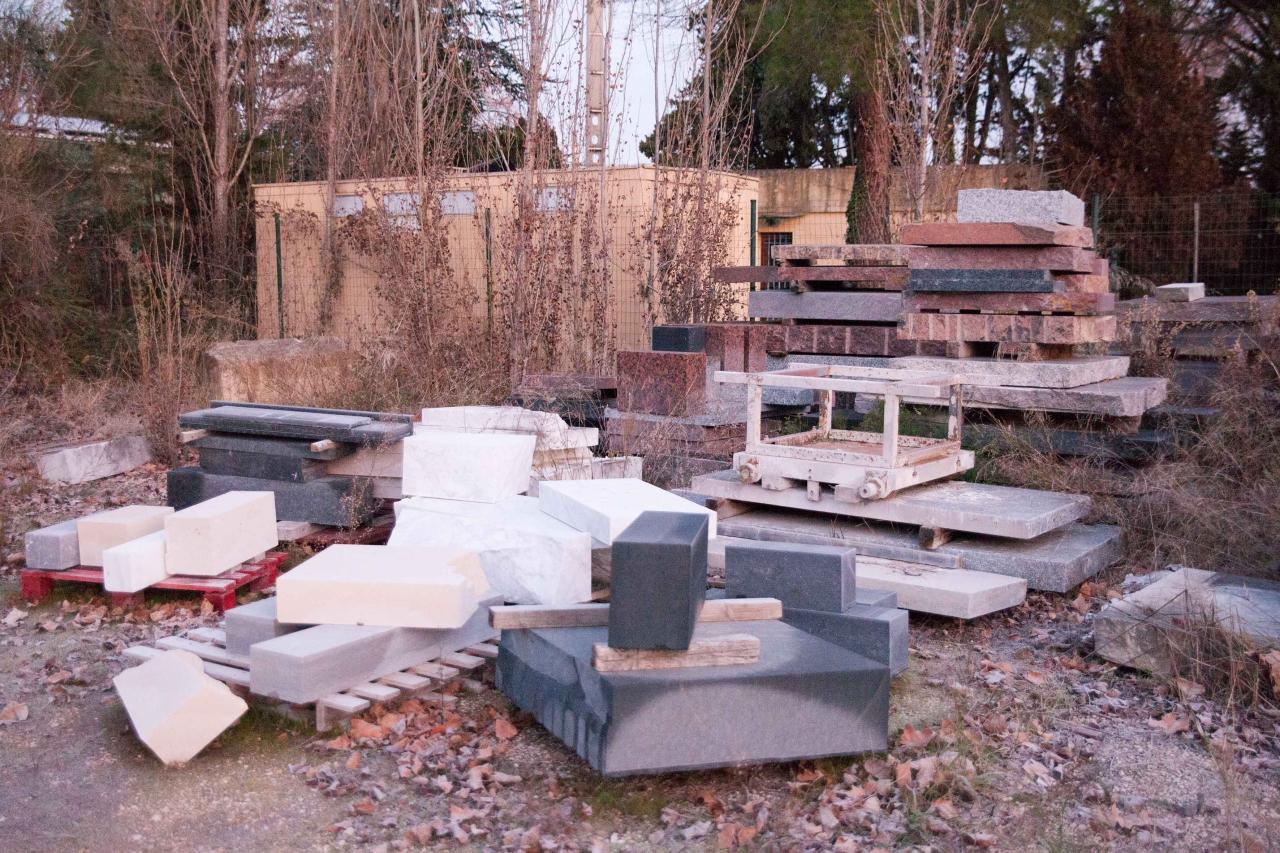

LE YOGA DU POIDS
Des parents donnent un peu de leur poids au fœtus le fœtus
Reçoit son corps
Et dit je sais mais sans le dir
Les larmes du fœtus se mêl à d’autres liquides
Calmement
Les larmes sont comestibles sont une subsistance
Je décore mon visage avec un marteau
Je me donne du poids
Prends ce poids
Pour se calmer le vent mourait toutes les choses le remerciaient
Une connaissance apparaît
Le lien entre l’effort et le poids
Le sentiment de l’ignorance
Je luttais contre mes paupières j’avais un poids sur les yeux
Continuellement une chose naturelle dirigée vers la disparition
Je voulais et je voulais
Je regardais le sol et j’inversais le sol
Je regardais le ciel é inversais le ciel
Ma peau s’inversait la peur nous inversait
J’imaginais le monde et les deux pôles
J’imaginais mon propre sens
Quel est le mal de ce mouvement
Quel est le mal
Dans l’histoire de la terre quel est le poids du mouvement d’un
geste non-effectué
Dans l’histoire de la terre quel est le poids du mouvement d’un
geste non-effectué mais pensé
Quel est son bon
Laura Vasquez
Le yoga du poids, commande pour la residence, 2022


Production of the work (outline)
Recumbent statues
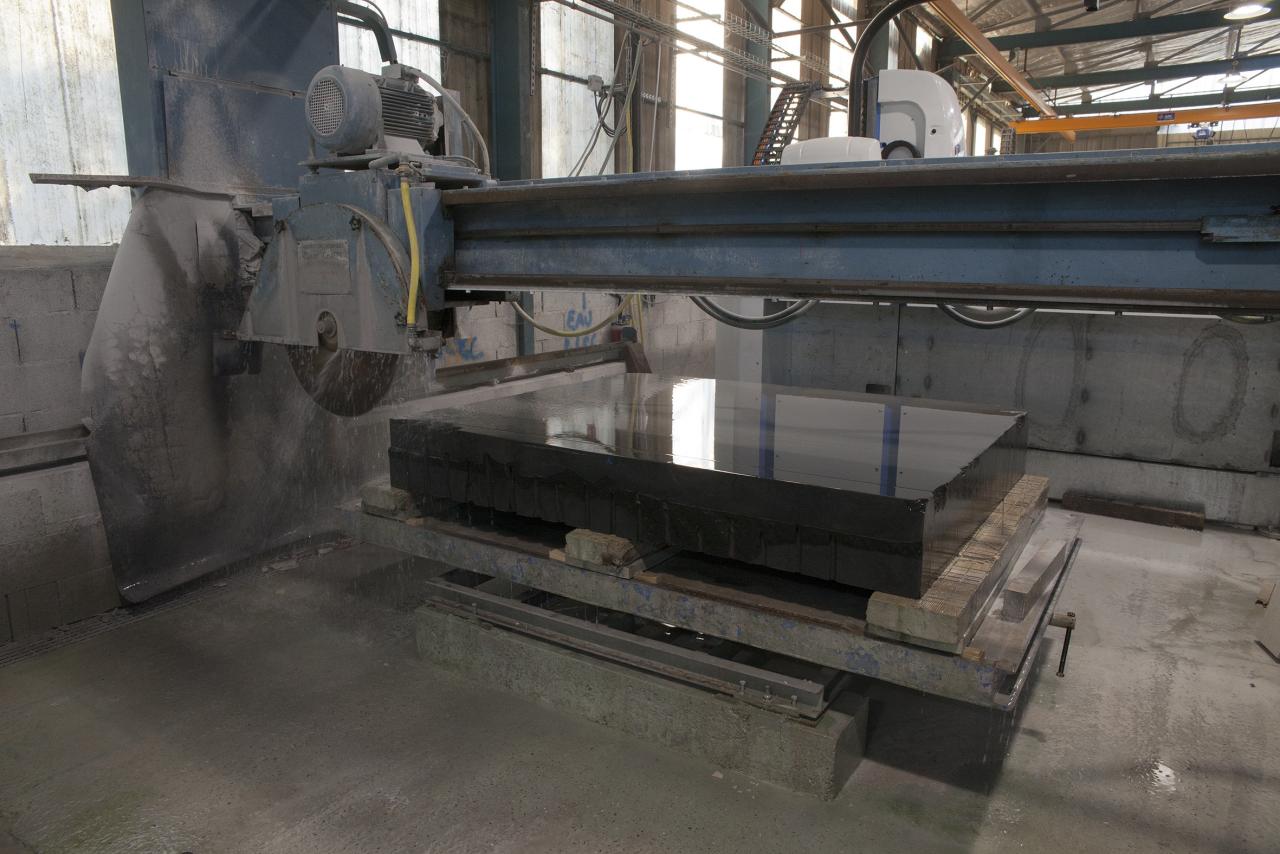
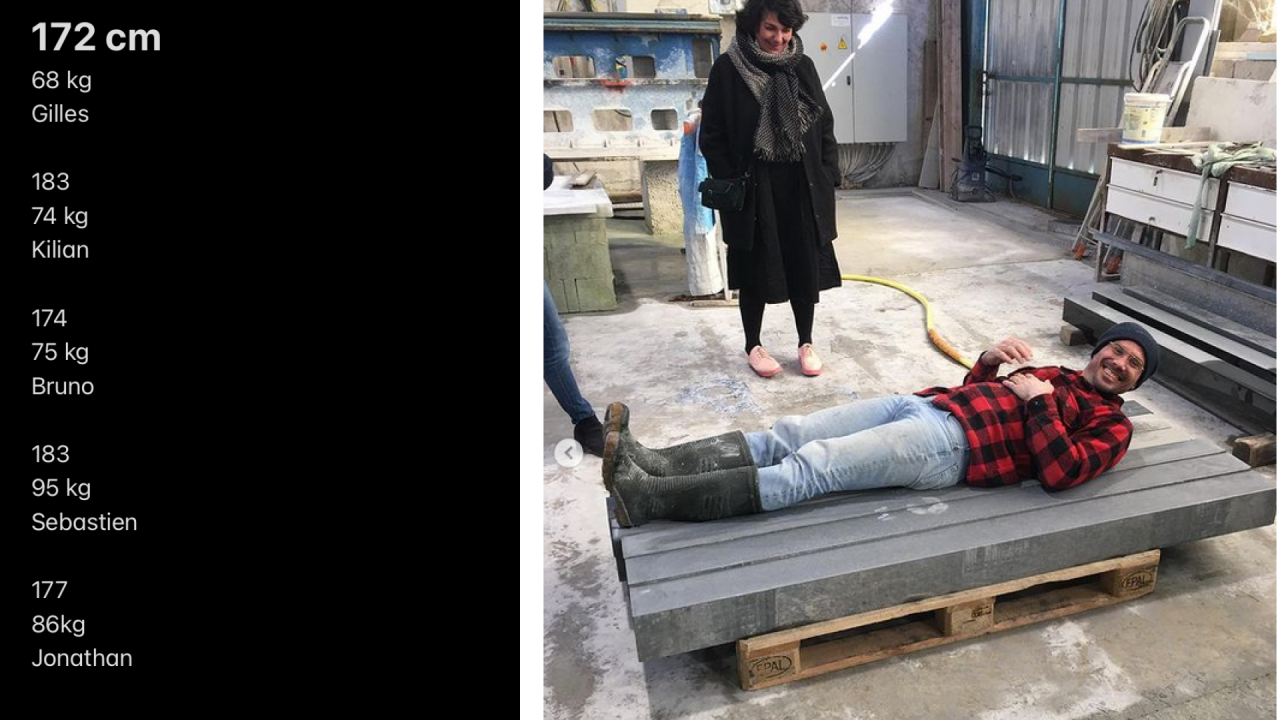

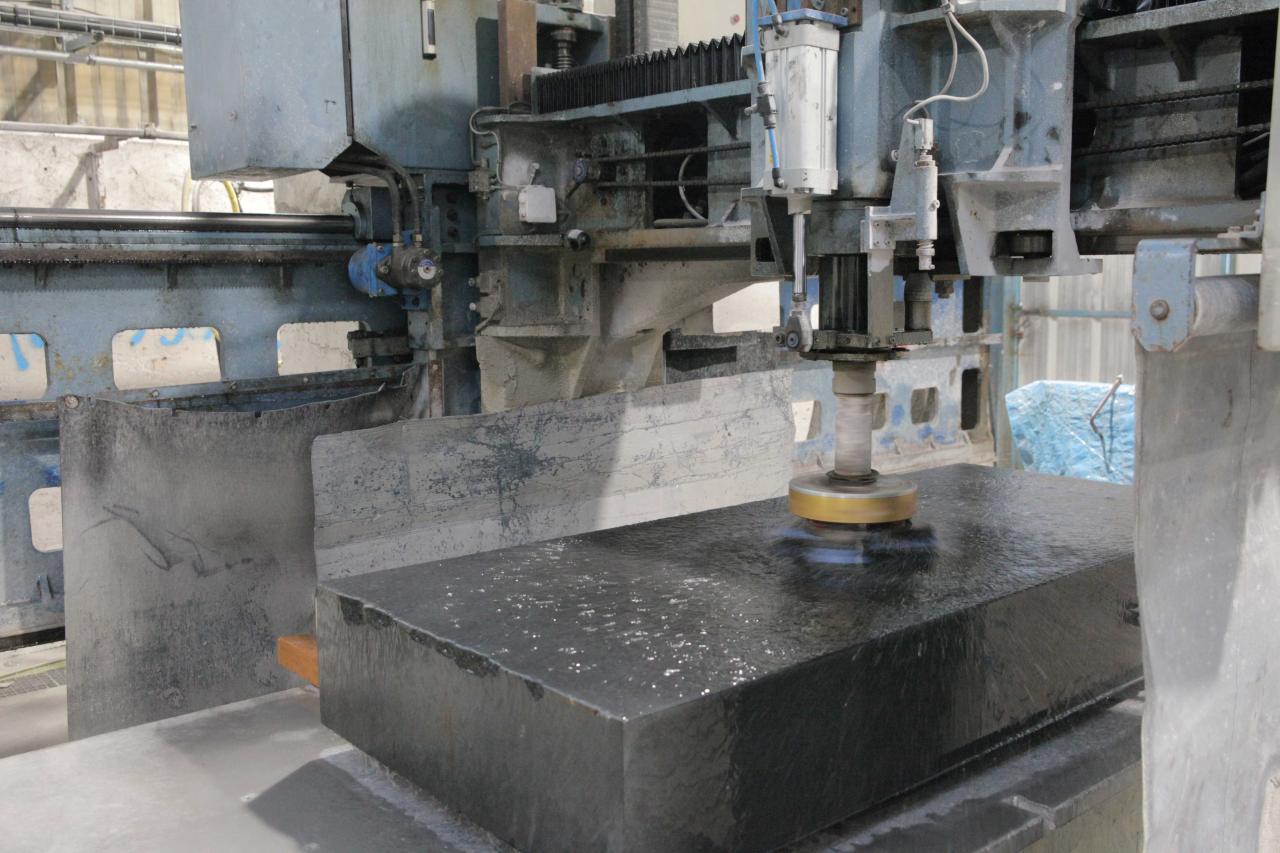
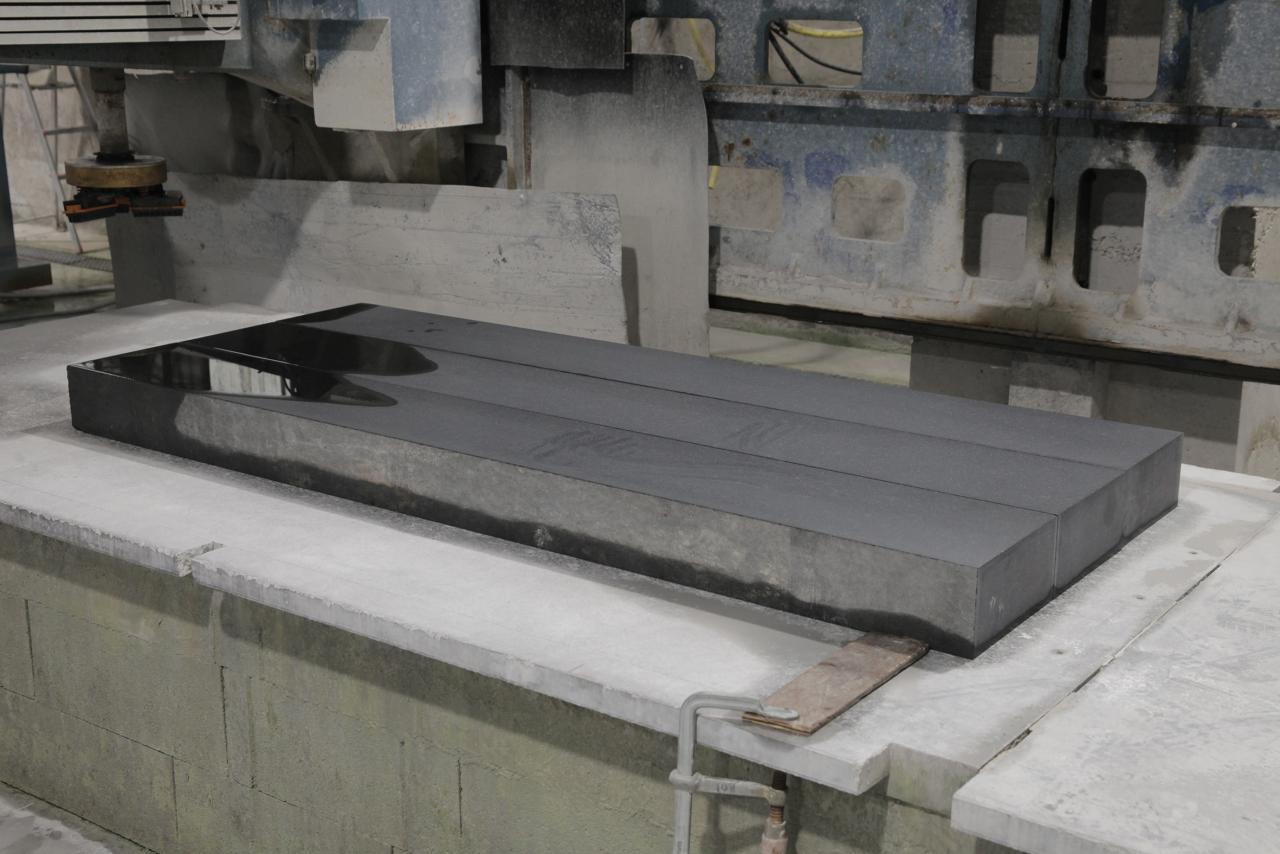
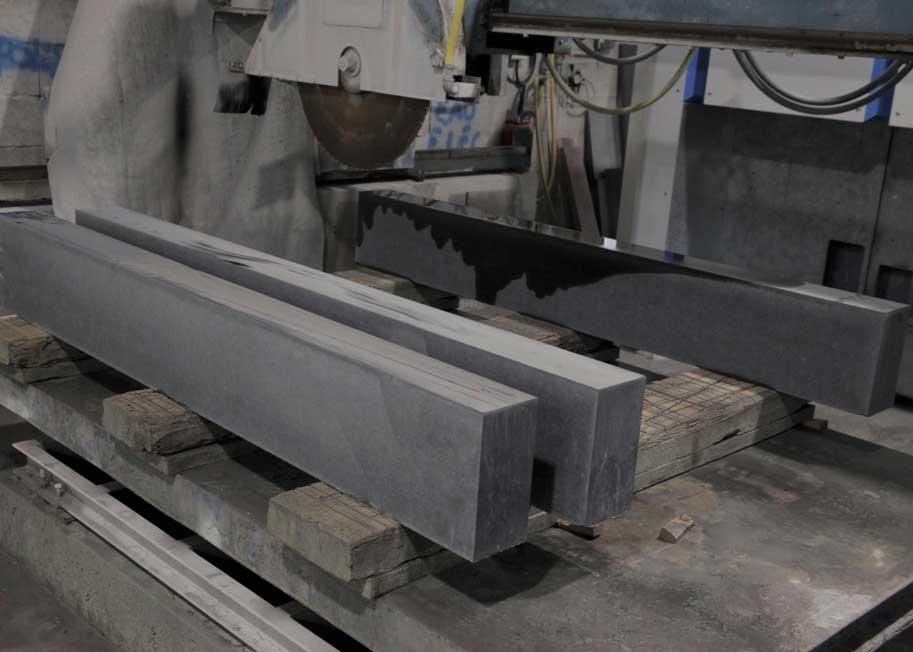
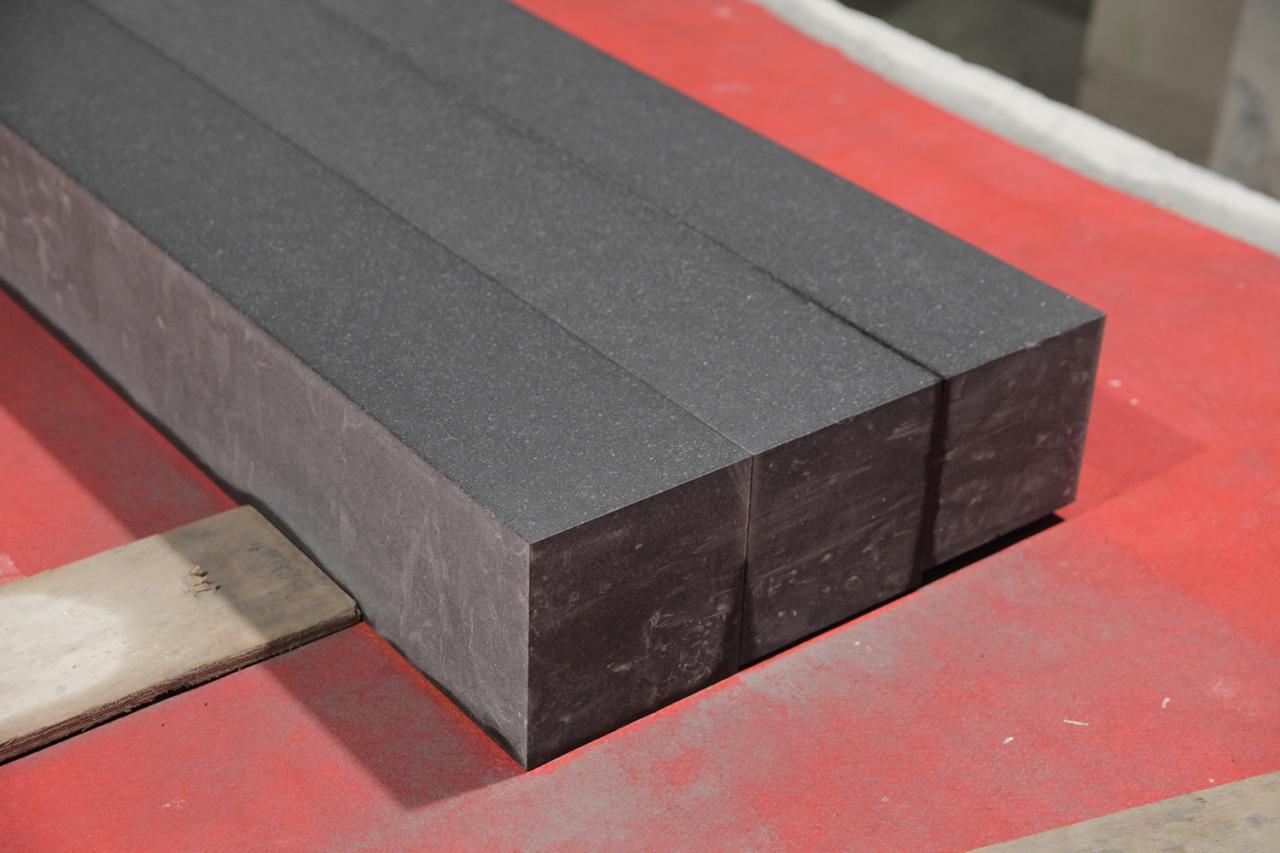
The first series of sculptures presented by Gilles (...) were mounted on brackets. Large, filiform monoliths in black granite, with varying heights, bear the consonants of names, weigh the weights and measure the heights of specific people (the artist included), in a simple mathematical abstraction condensing humans to stone in a weight–size–material relationship.
One side of each of the monoliths is polished such that we might see our own reflections, project our own psyches on to it.
If the mirrored surface once again confronts us with our mortal human condition, does it not also raise the question of our futures in an abstraction hinting at data processing by a collective artificial intelligence in the making? (...)
Portraits
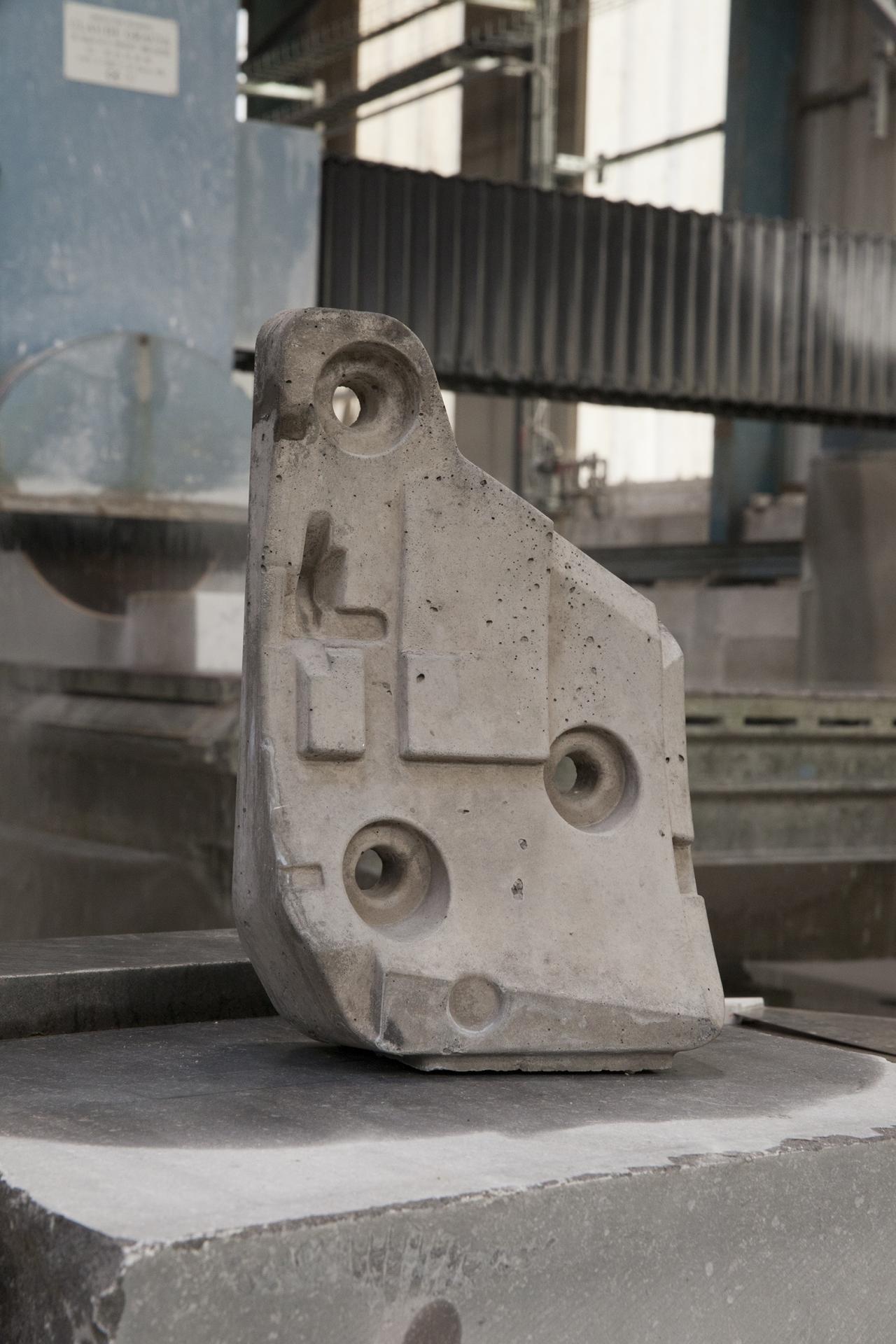
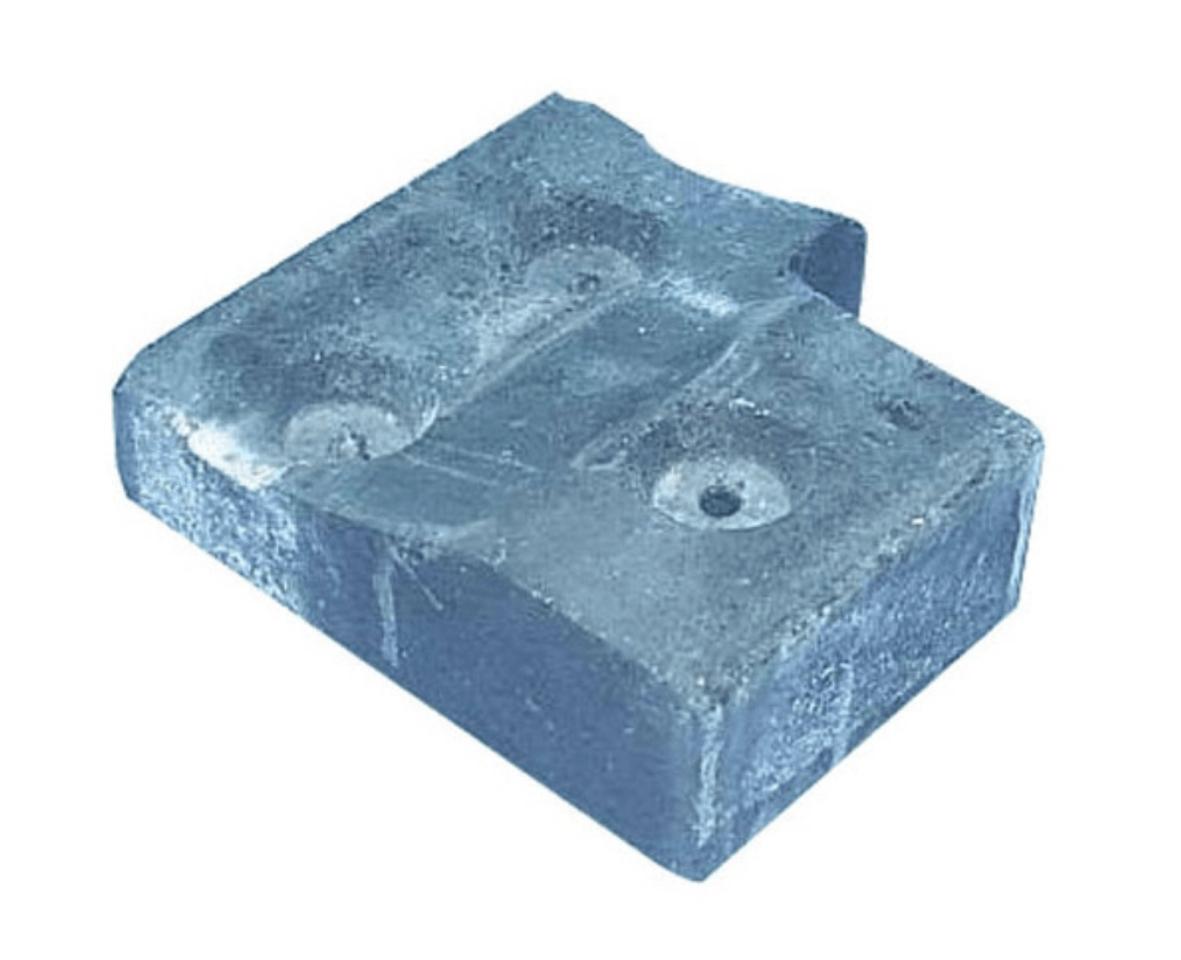
(...) The base of a washing machine includes, like a foundation, a concrete block stabilizing the machine when the centrifugal force of its rotation is too strong. It’s this astonishingly anthropomorphic, geometric form that Gilles chose to reproduce, again in marble, during his residency at the Marbrerie Anastay. What’s perhaps most notable is the fact that the artist chose not to preserve the original position of the reproduced geometric form (lying on the ground), instead he chose to place it upright, on a cinderblock and marble base, thus creating an unexpected face. (...)

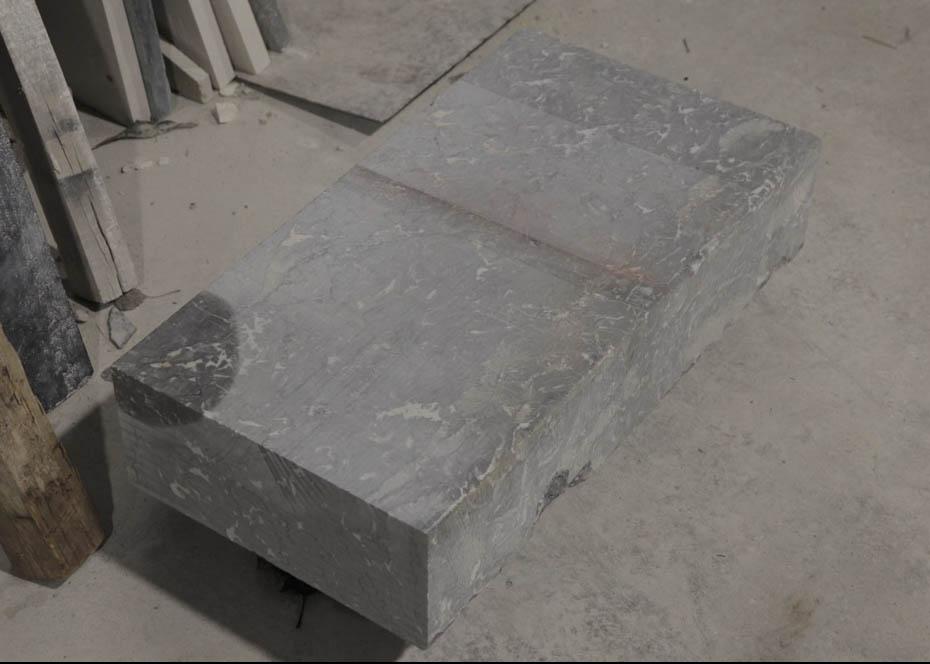
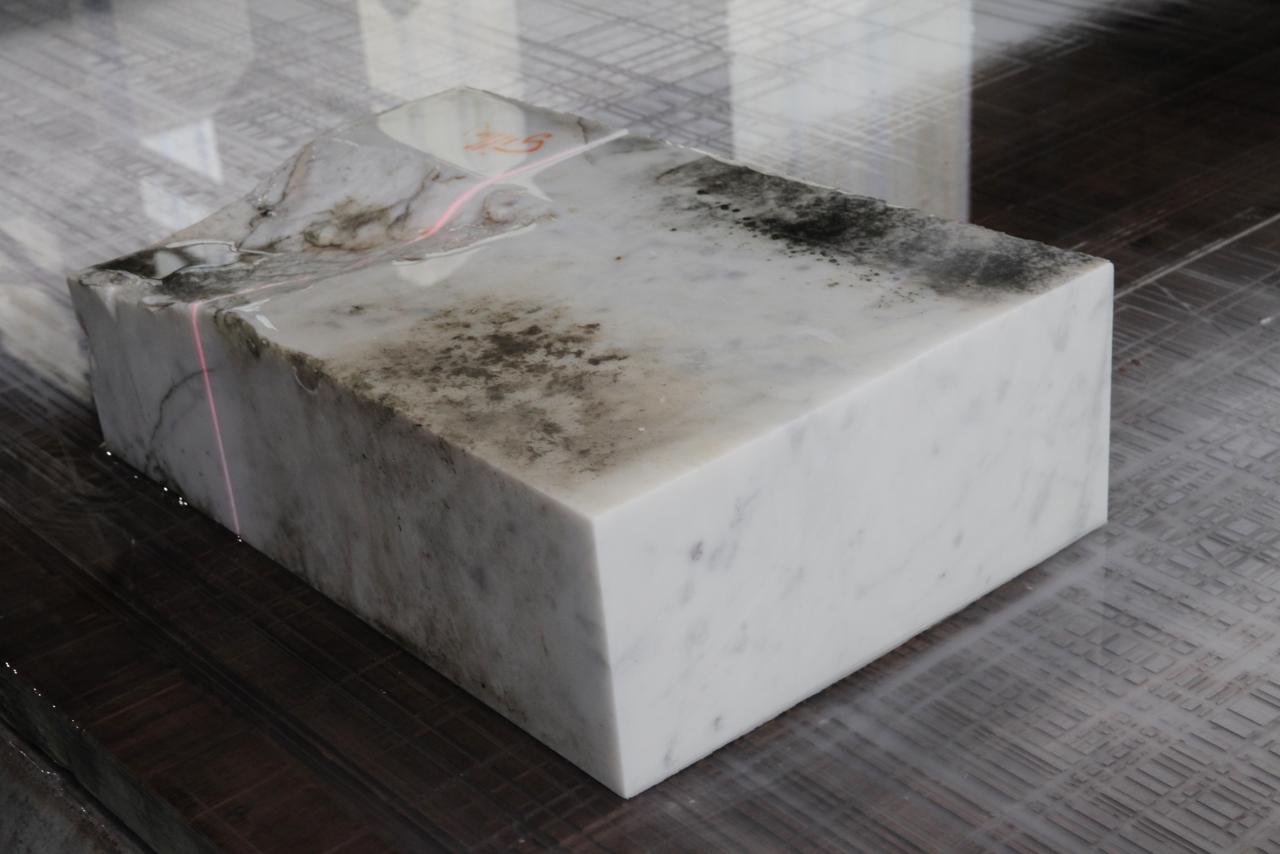
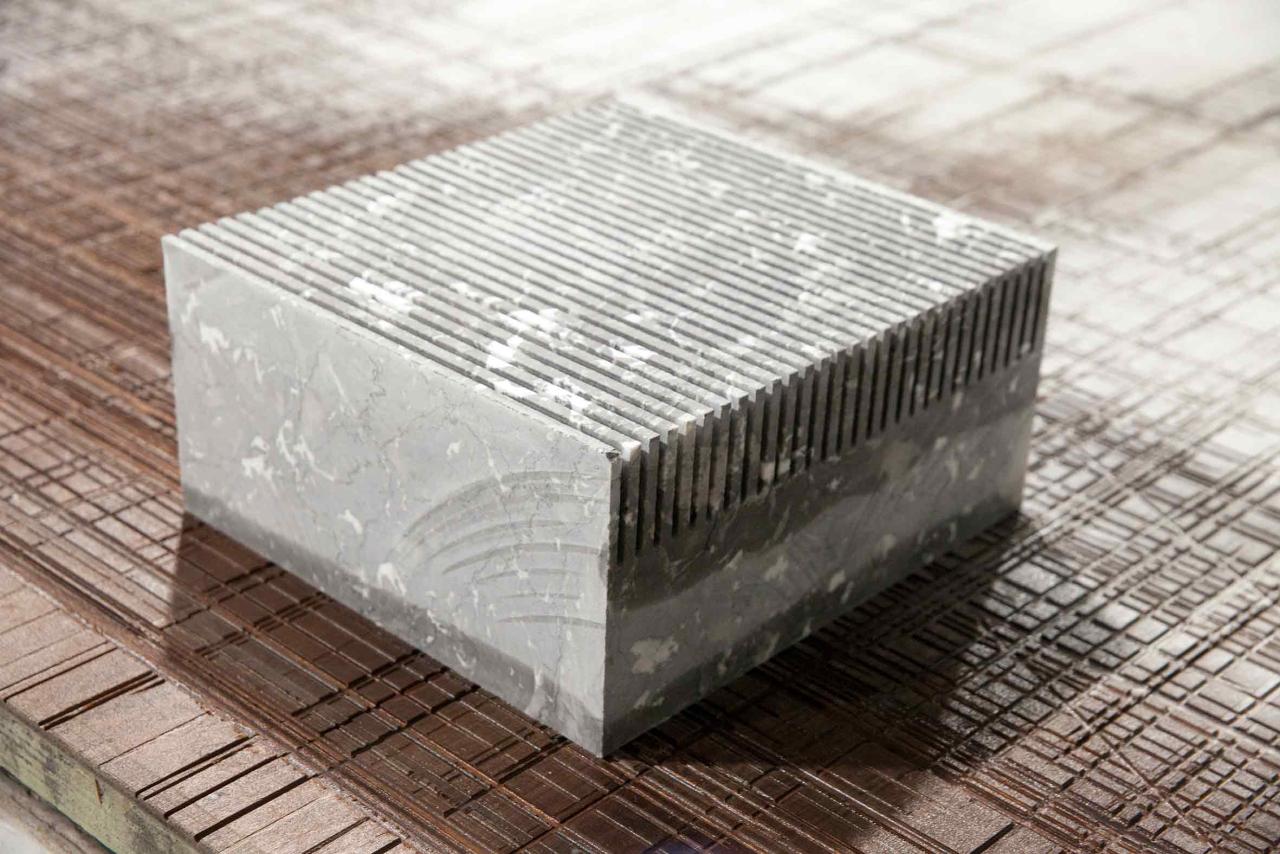
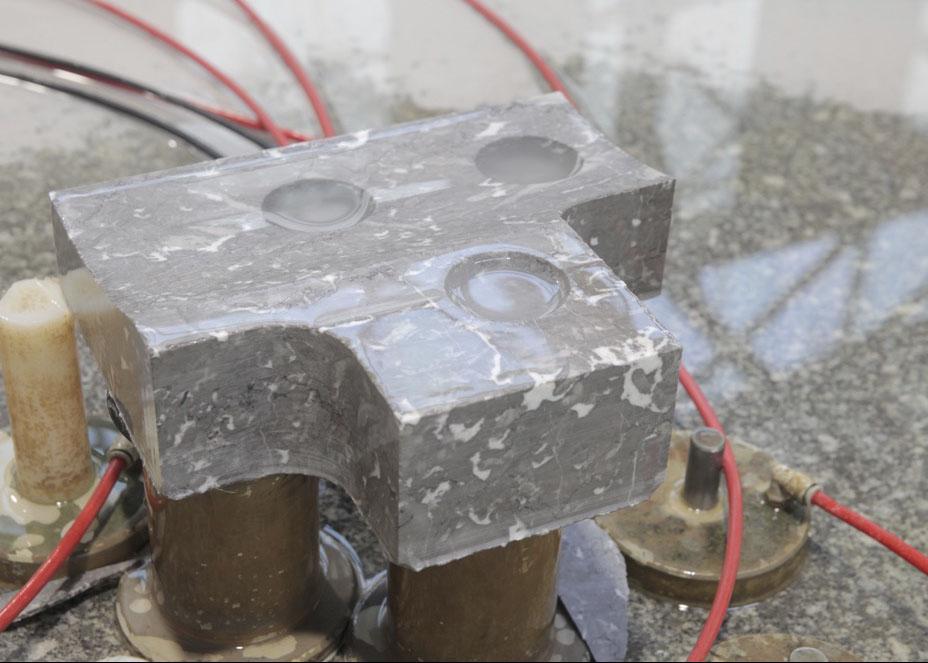
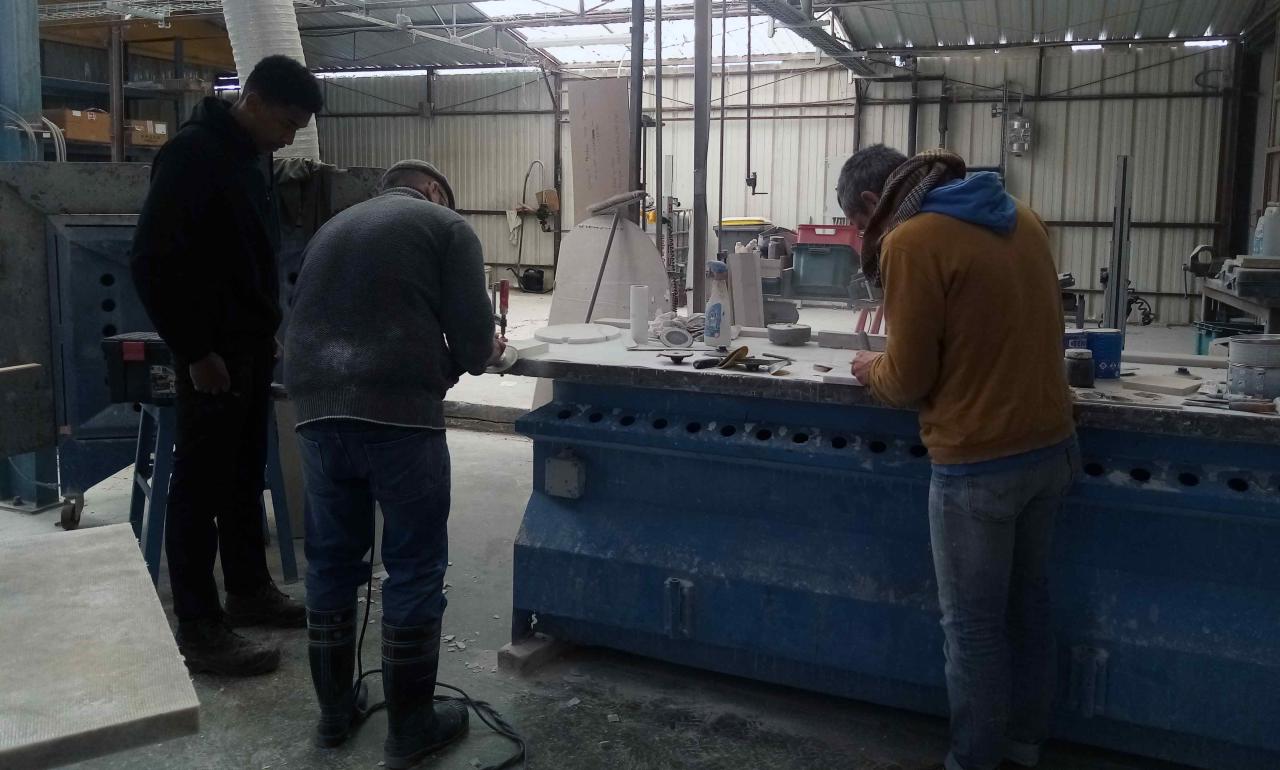
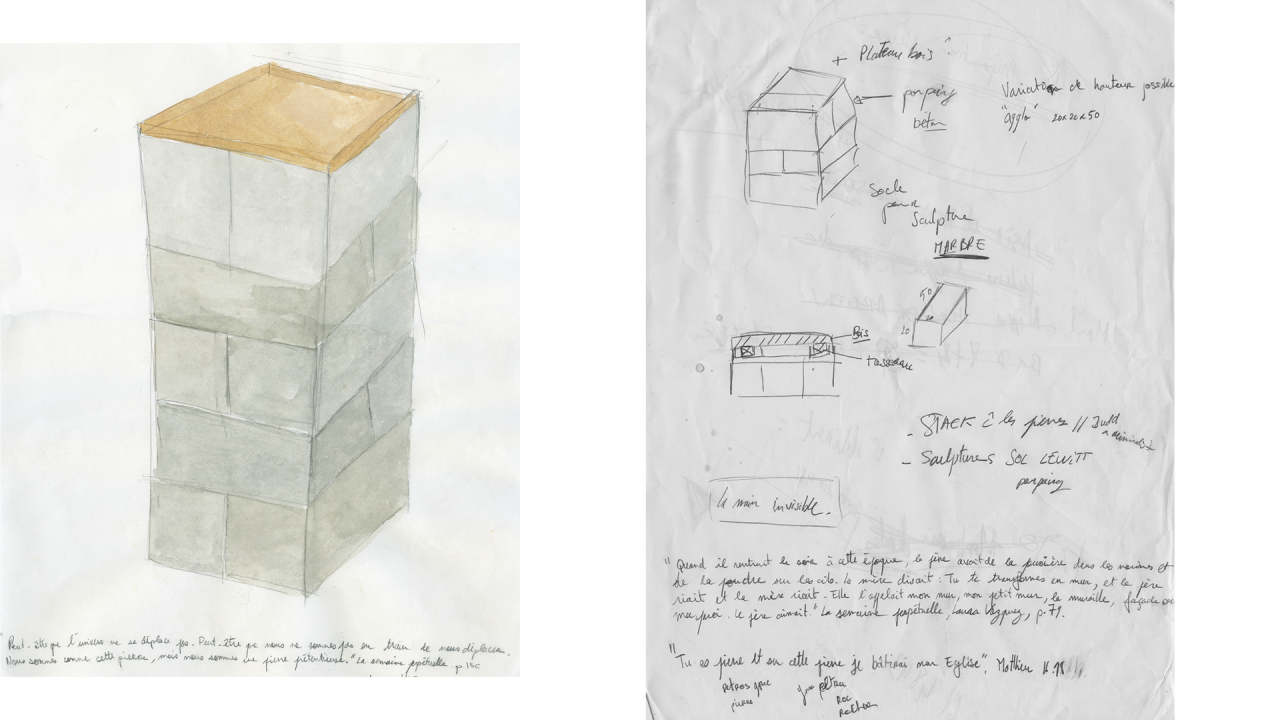
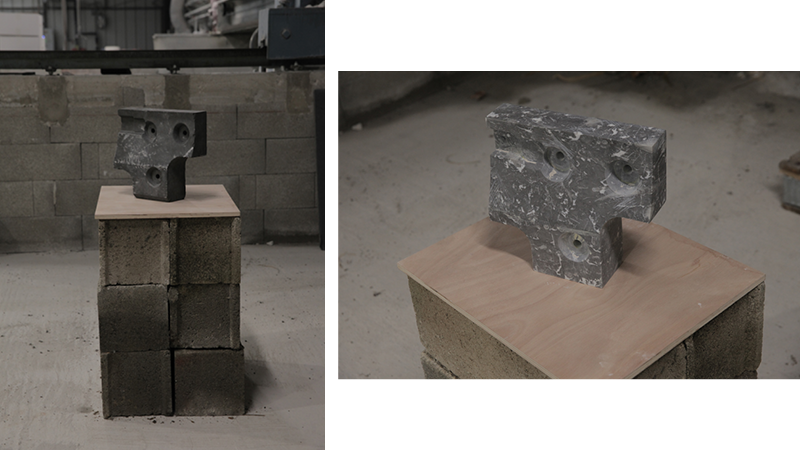
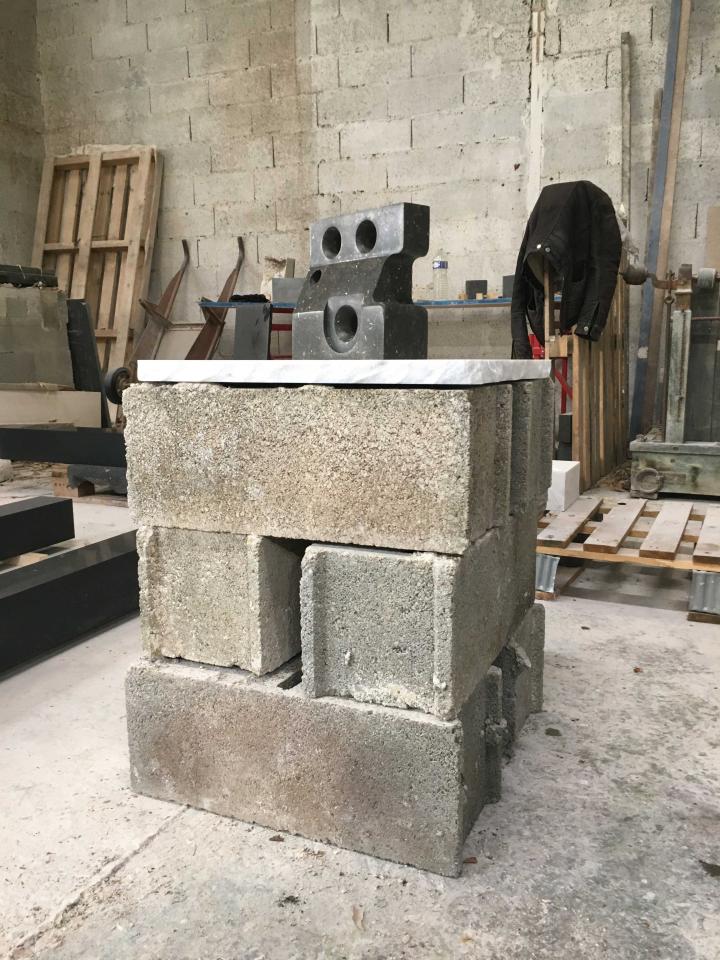
Copacabana Black Horse
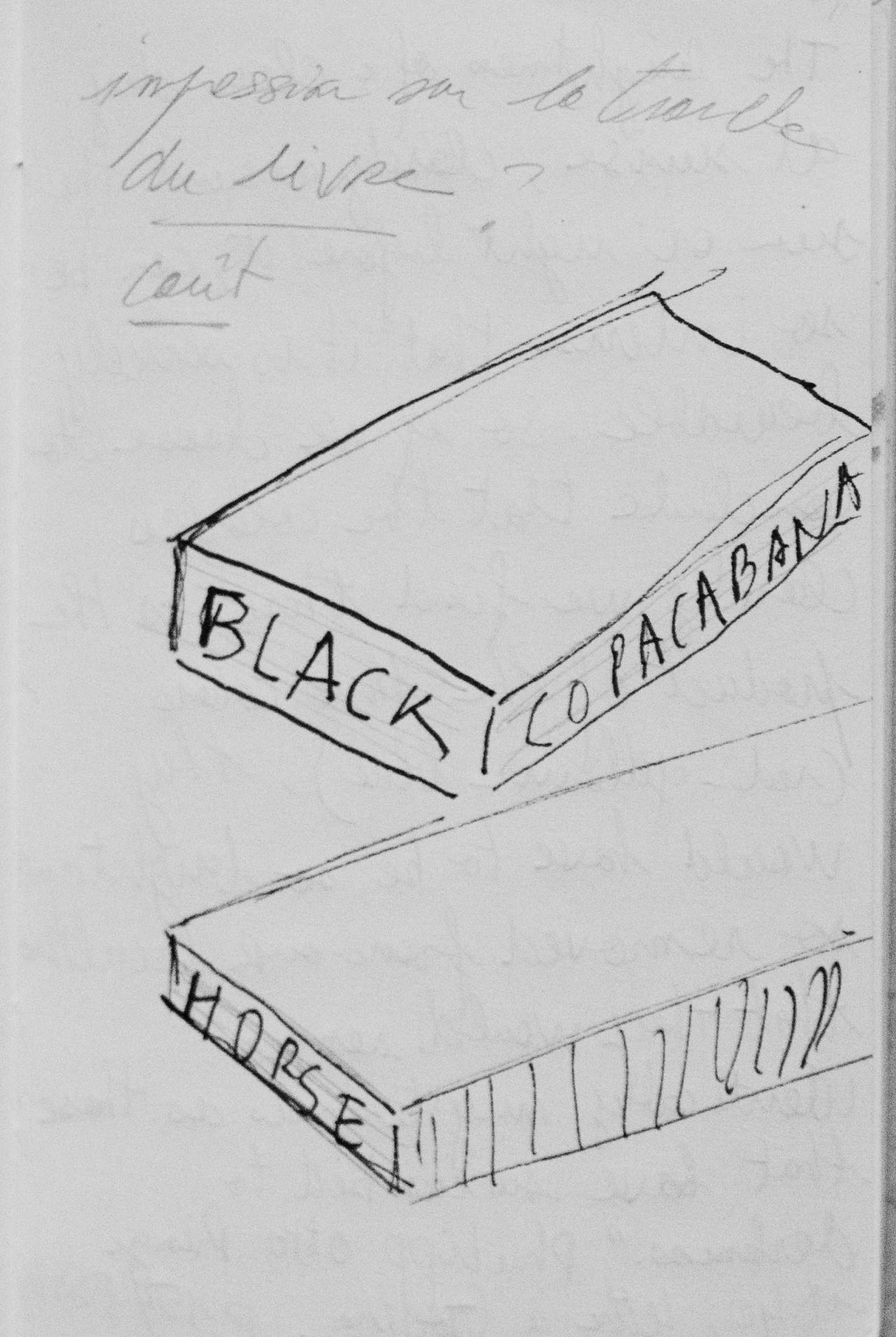
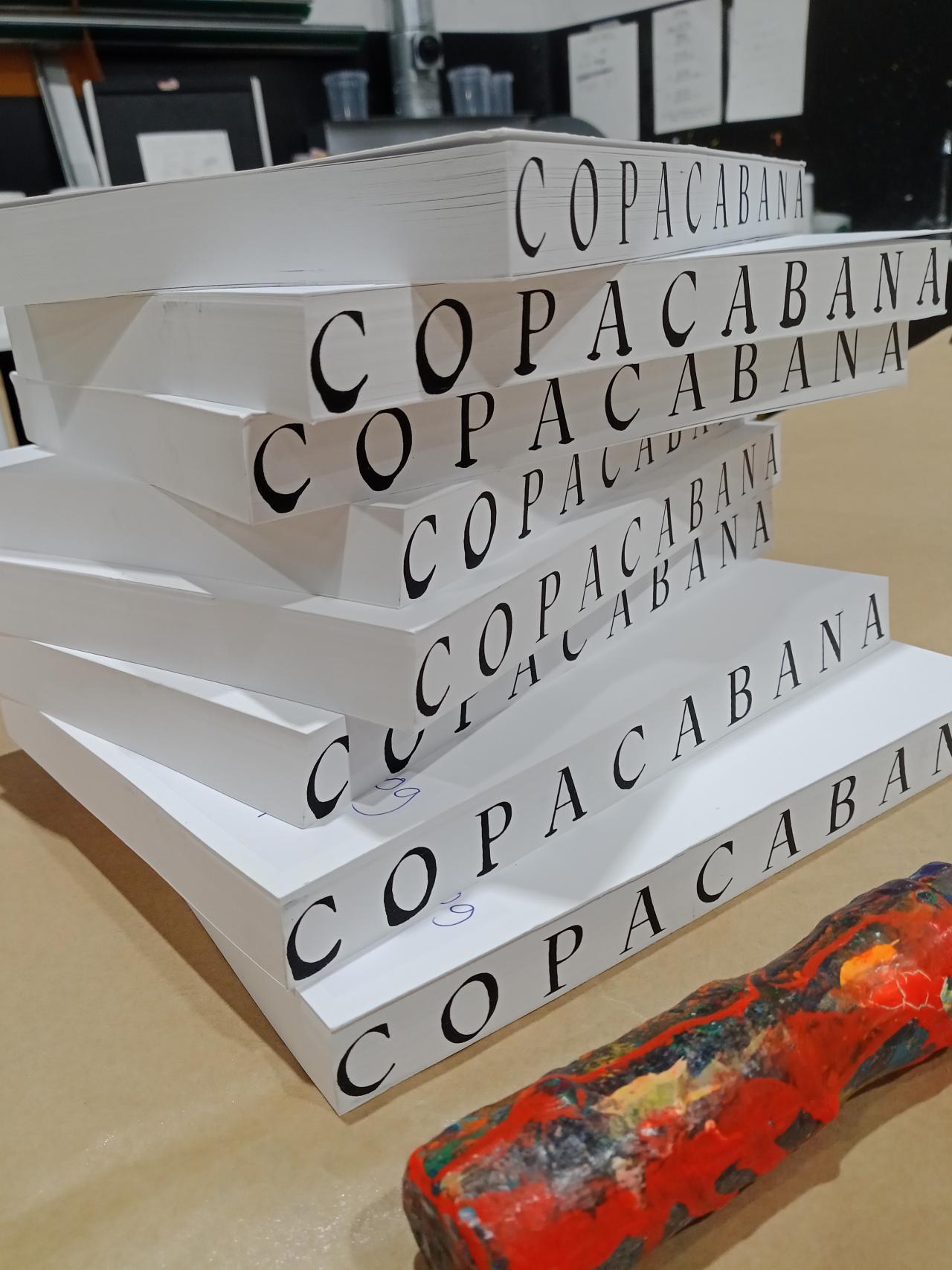
(...) Let’s not forget the third and final piece: an artist’s book published in ten copies, entitled Copacabana Black Horse. It compiles different names of rocks (granites and quartzites), used at the marble company. Arranged in simple alphabetical order, Gilles has the names descend, one by one, down the page, as if it were a flip book in which the names of rocks eventually return to the ground. Among my favorites are: Artic Rainbow, Bel Horizon, Blue Eyes, Colonial White, Paradisio Classique…Thus the names of rocks are written, rocks which always bring us back to the writing of our individual and collective histories.
— From Deux poids, deux mesures (two weights, two measures), by Léo Marin, April 2022
Gilles Pourtier, Deux poids deux mesures, marbrerie Anastay I résidence Voyons Voir
Notes and references by the artists (a selection)
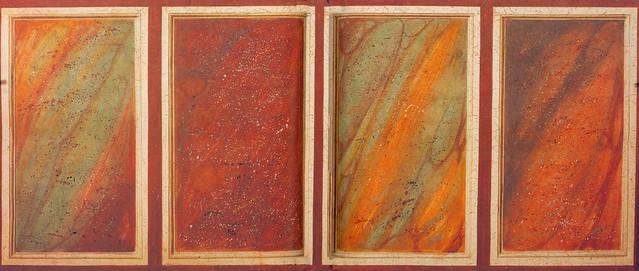
“Weight is a value for me, not that it is any more compelling than lightness, but I simply know more about weight than lightness and therefore I have more to say about it, more to say about the balancing of weight, the diminishing of weight, the addition and subtraction of weight, the concentration of weight, the rigging of weight, the propping of weight, the placement of weight, the locking of weight, the psychological effects of weight, the disorientation of weight, the disequilibrium of weight, the rotation of weight, the movement of weight, the directionality of weight, the shape of weight. I have more to say about the perpetual and meticulous adjustments of weight, more to say about the pleasure derived from the exactitude of the laws of gravity. I have more to say about the processing of the weight of steel, more to say about the forge, the rolling mill, and the open hearth. It’s hard to convey ideas of weight from the objects of everyday life for the task would be infinite; there is an imponderable vastness to weight.”
Writings/Interviews
Richard Serra
University of Chicago Press, 1994
p.184
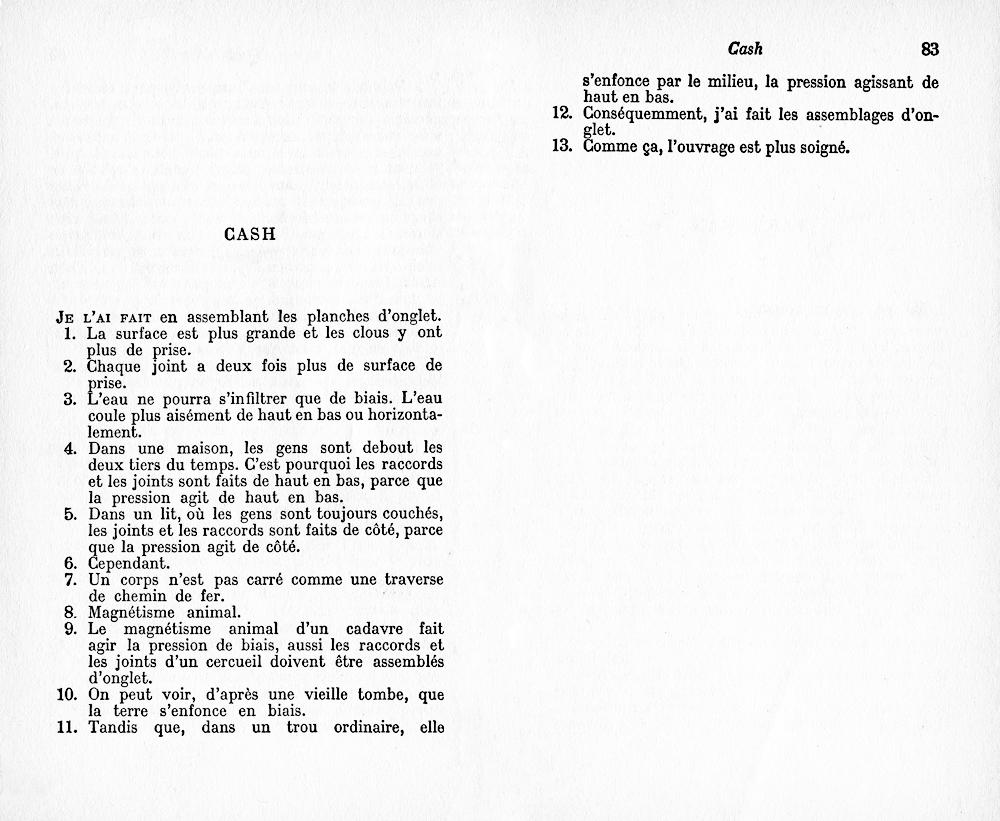

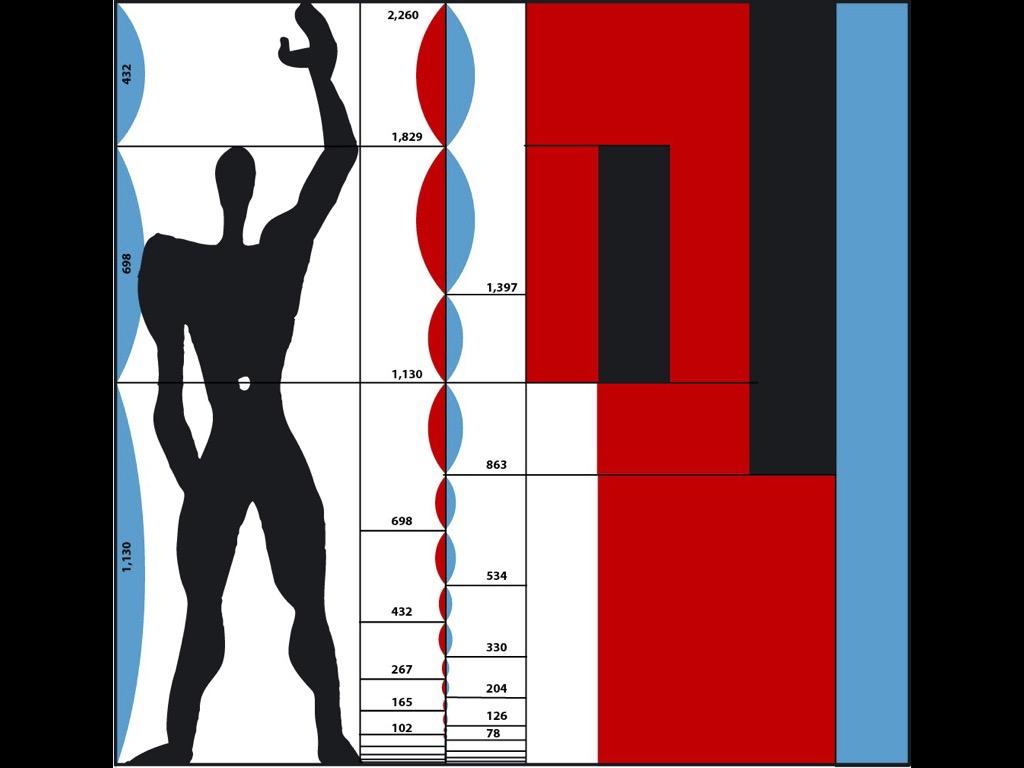
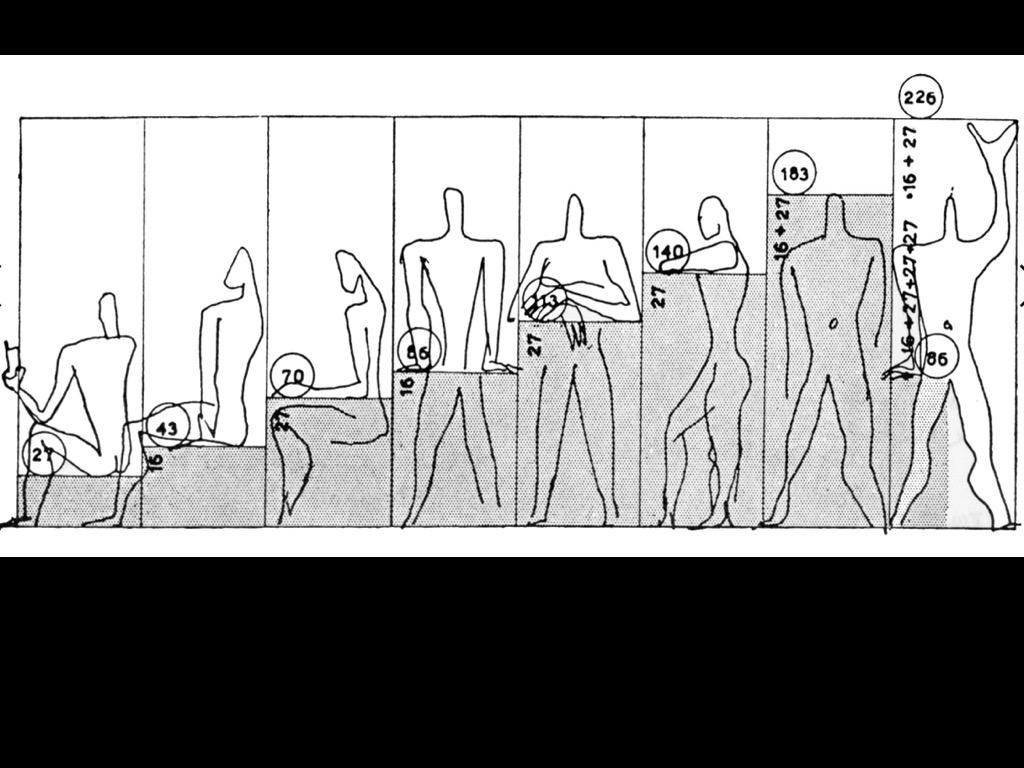
Quiet as a rock.
How do we still stay quiet as a rock?
The long horizon line of the Vercors blocked my childhood awakenings so many mornings.
The mineral world sometimes eludes us, though it’s surrounded us for so long—man’s first home and final resting place. I considered our bodies inscribed in stone, starting from classical sculpture to the daily twists and turns of laundry.
Gilles Pourtier
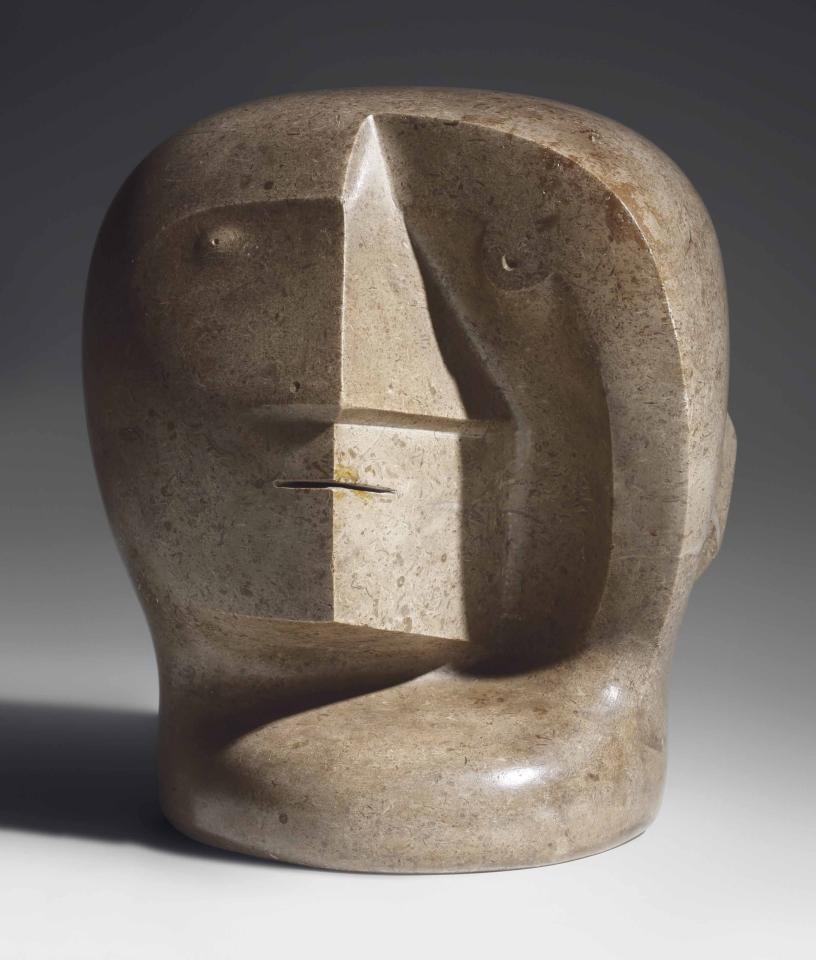
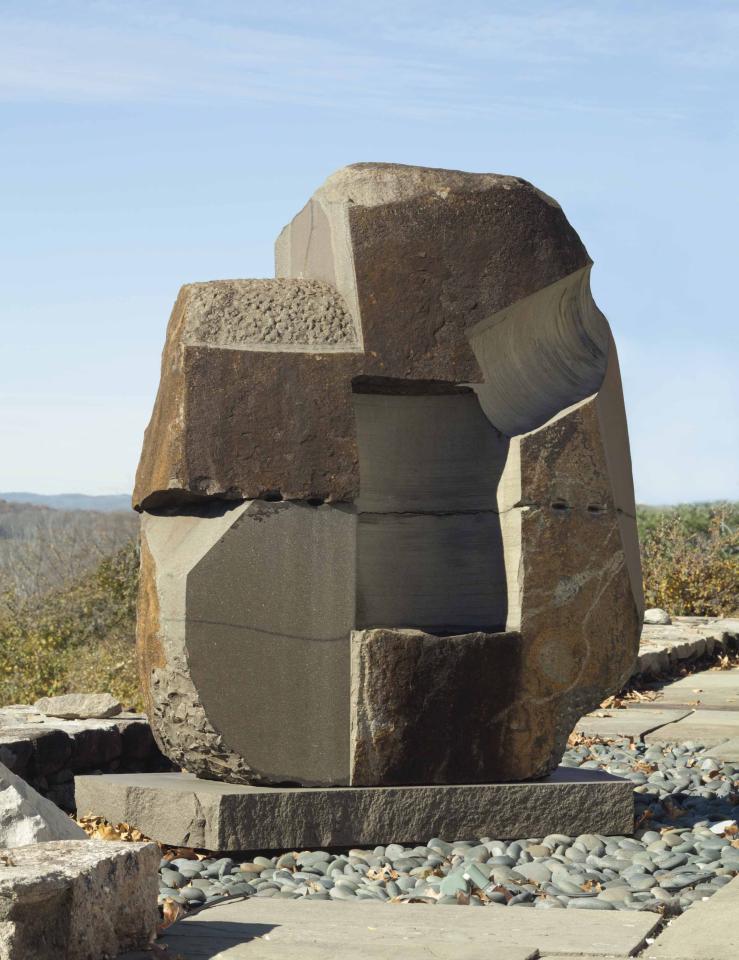
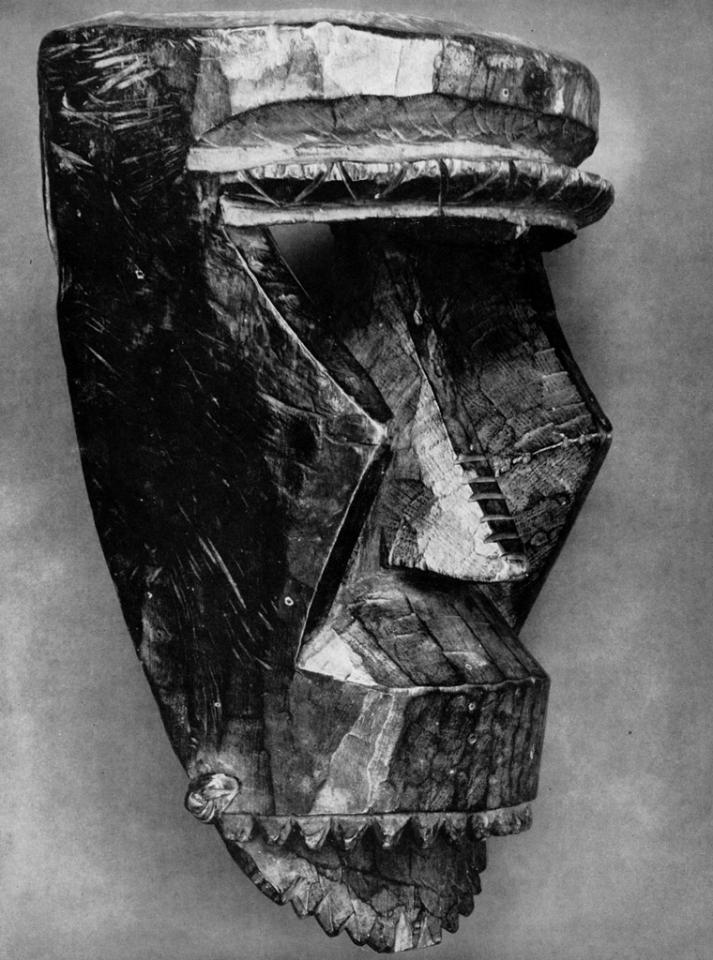
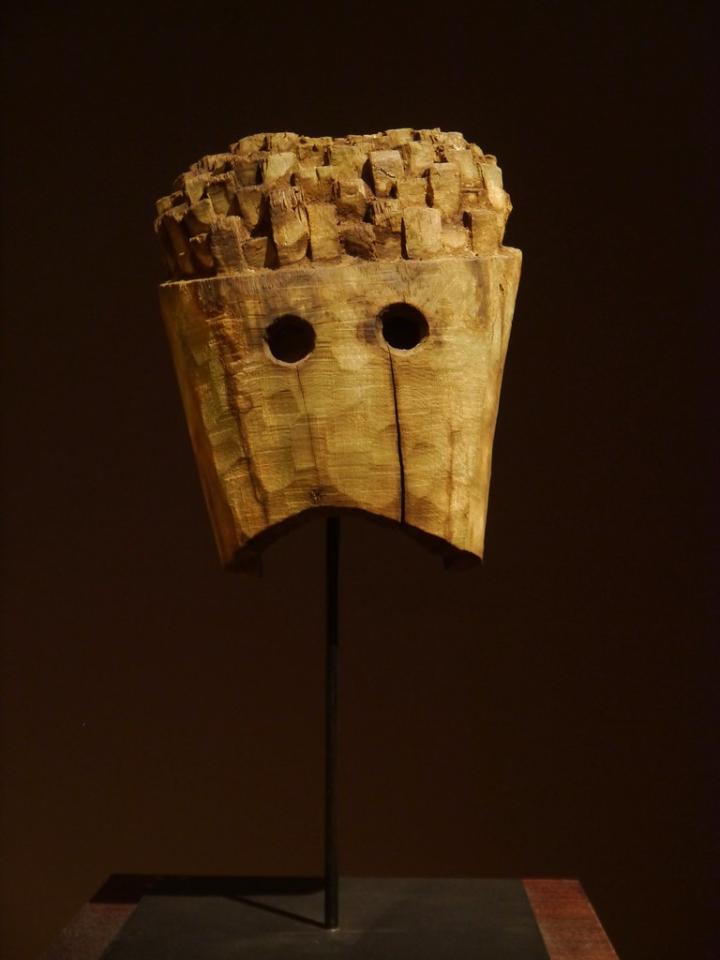
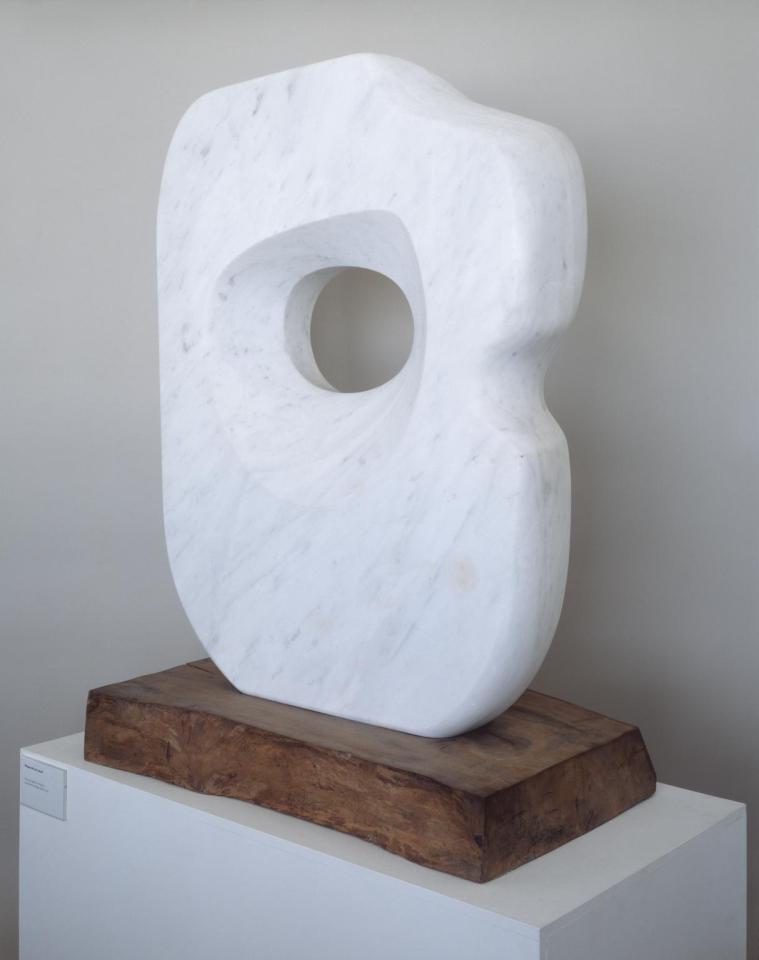
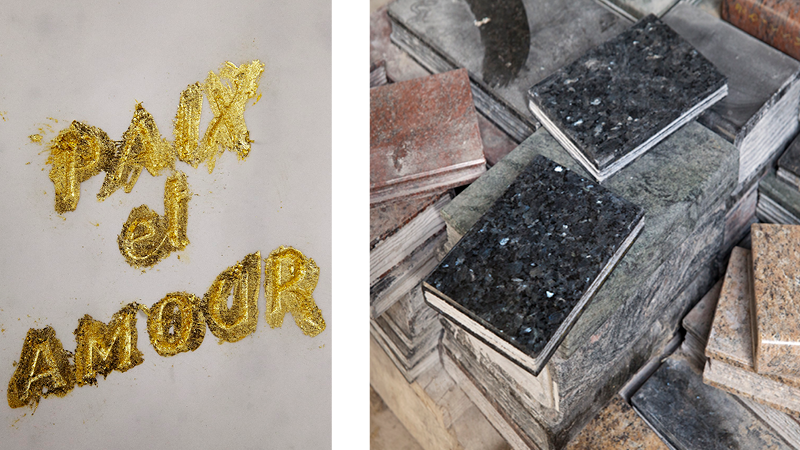
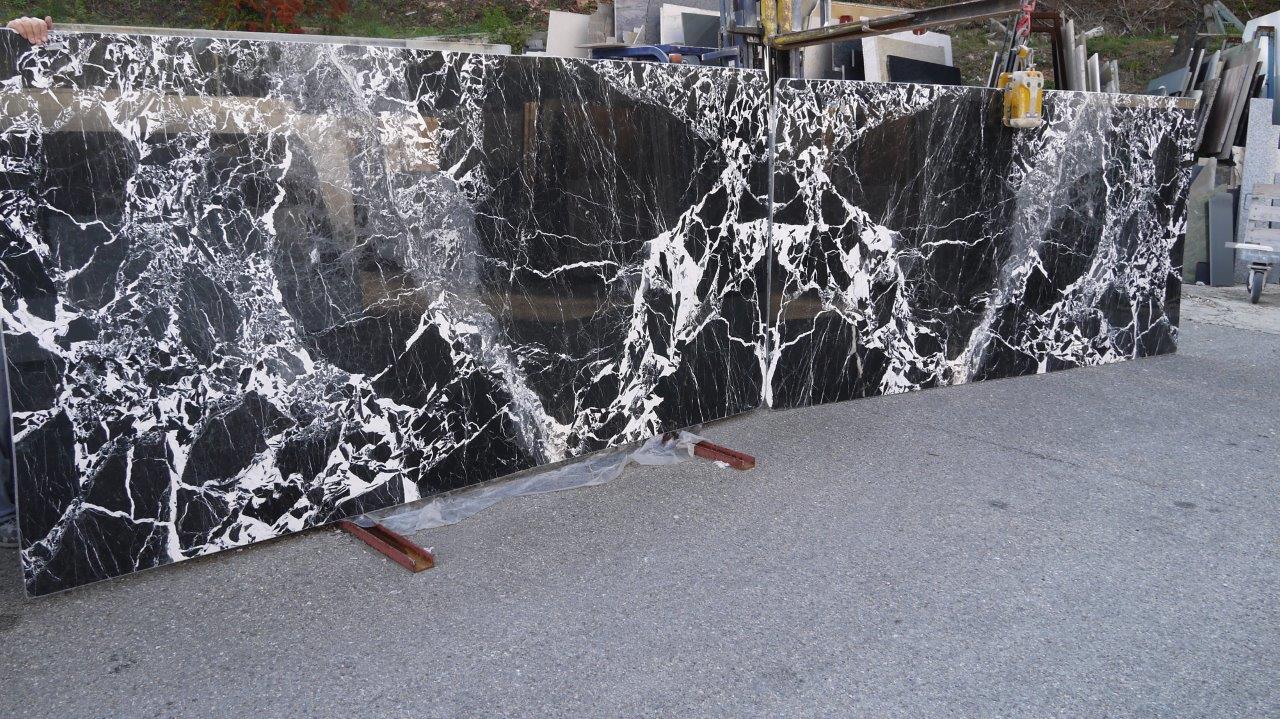
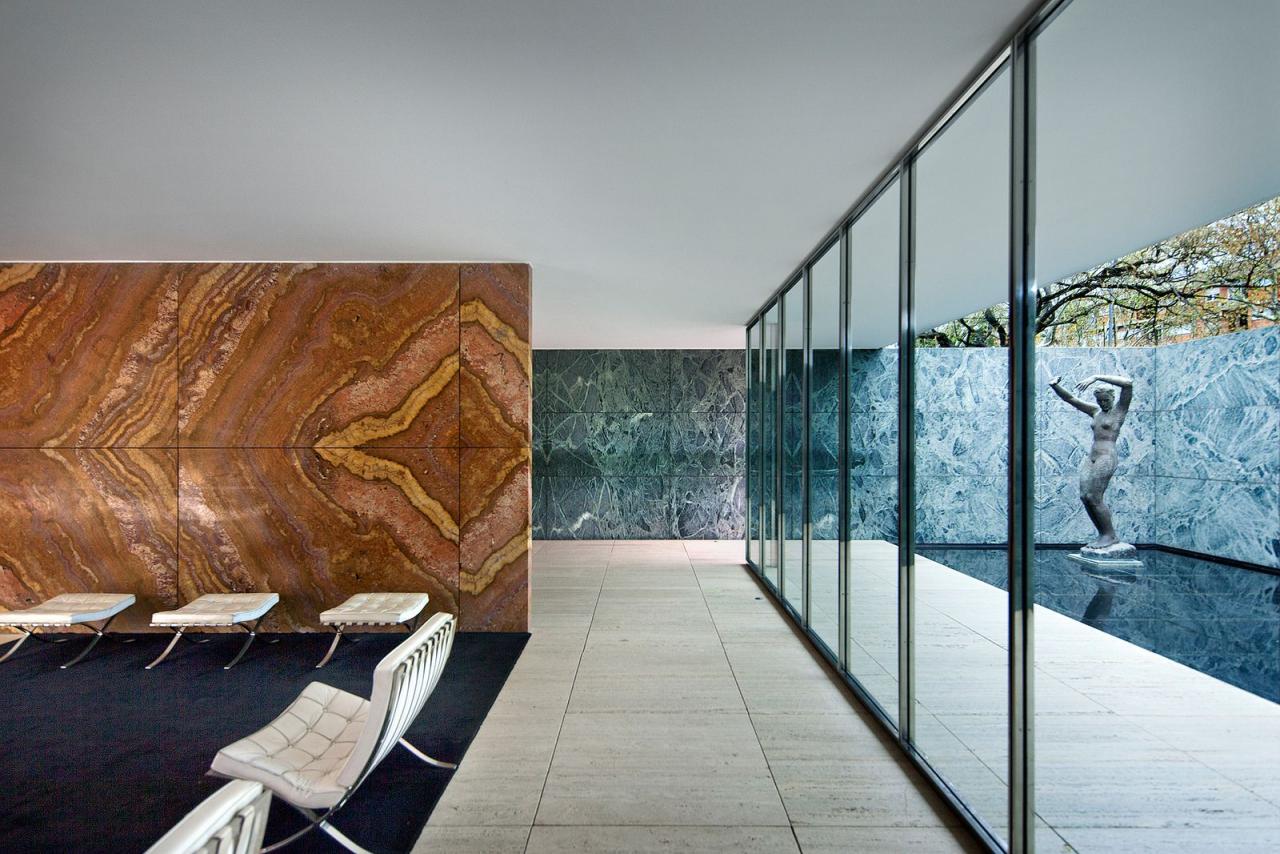
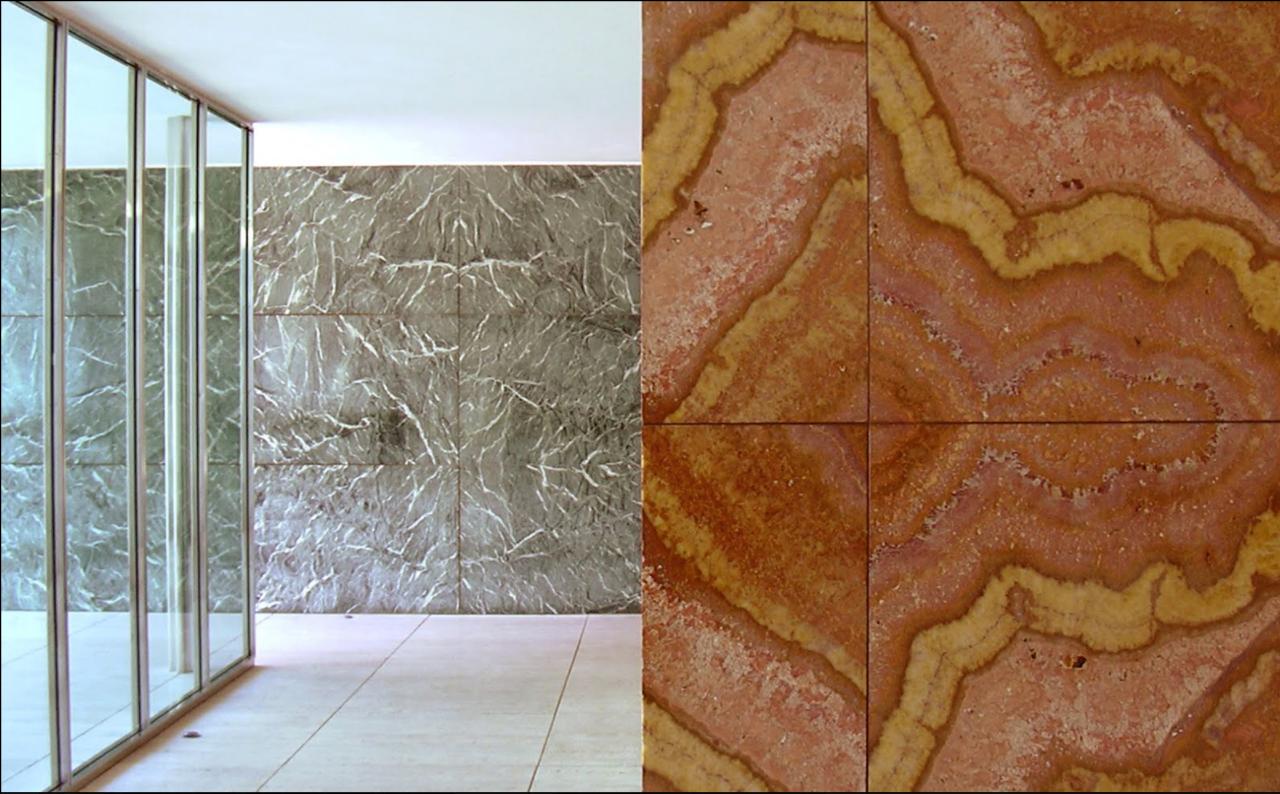
Transalation: Elaine Krikorian
